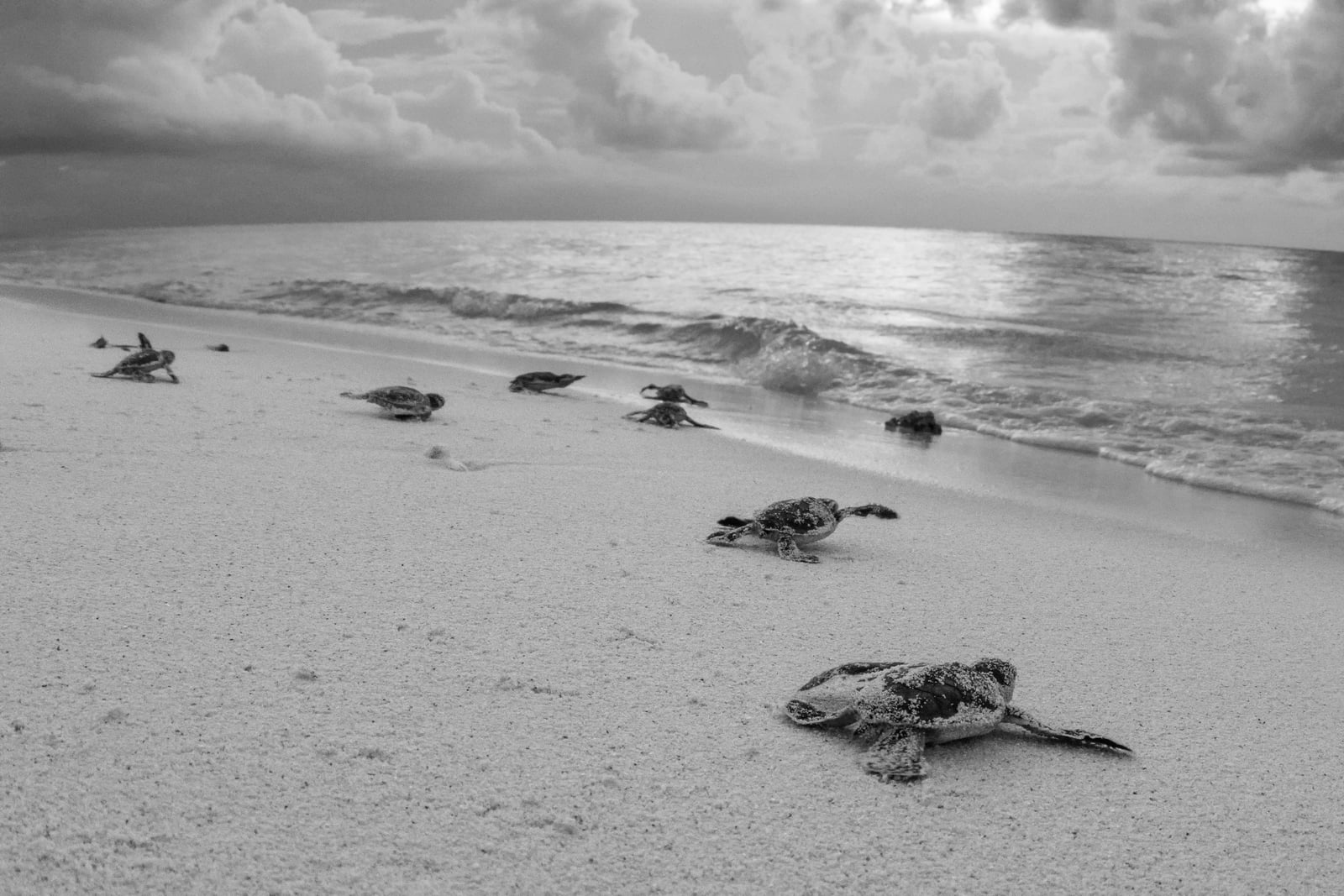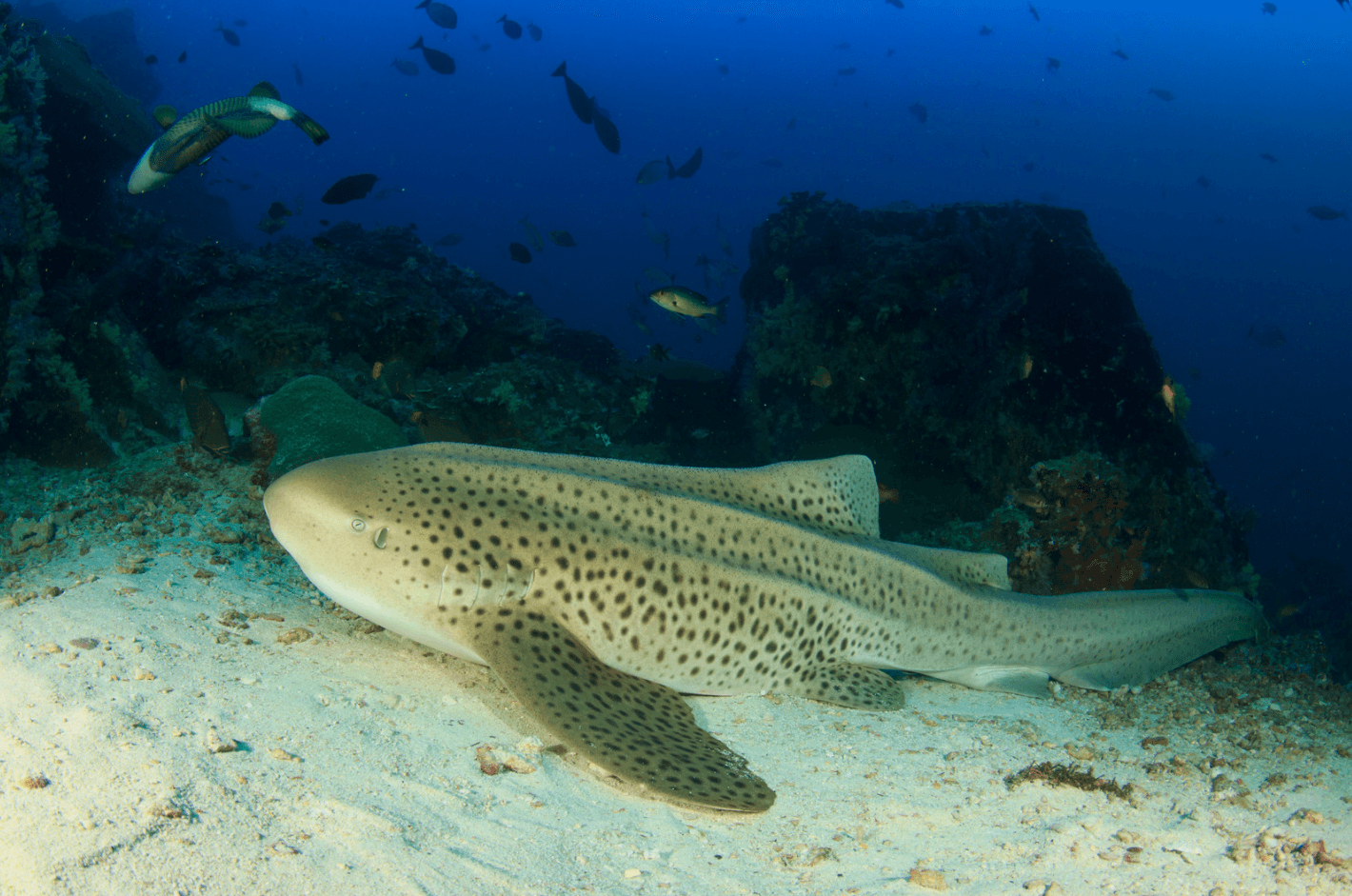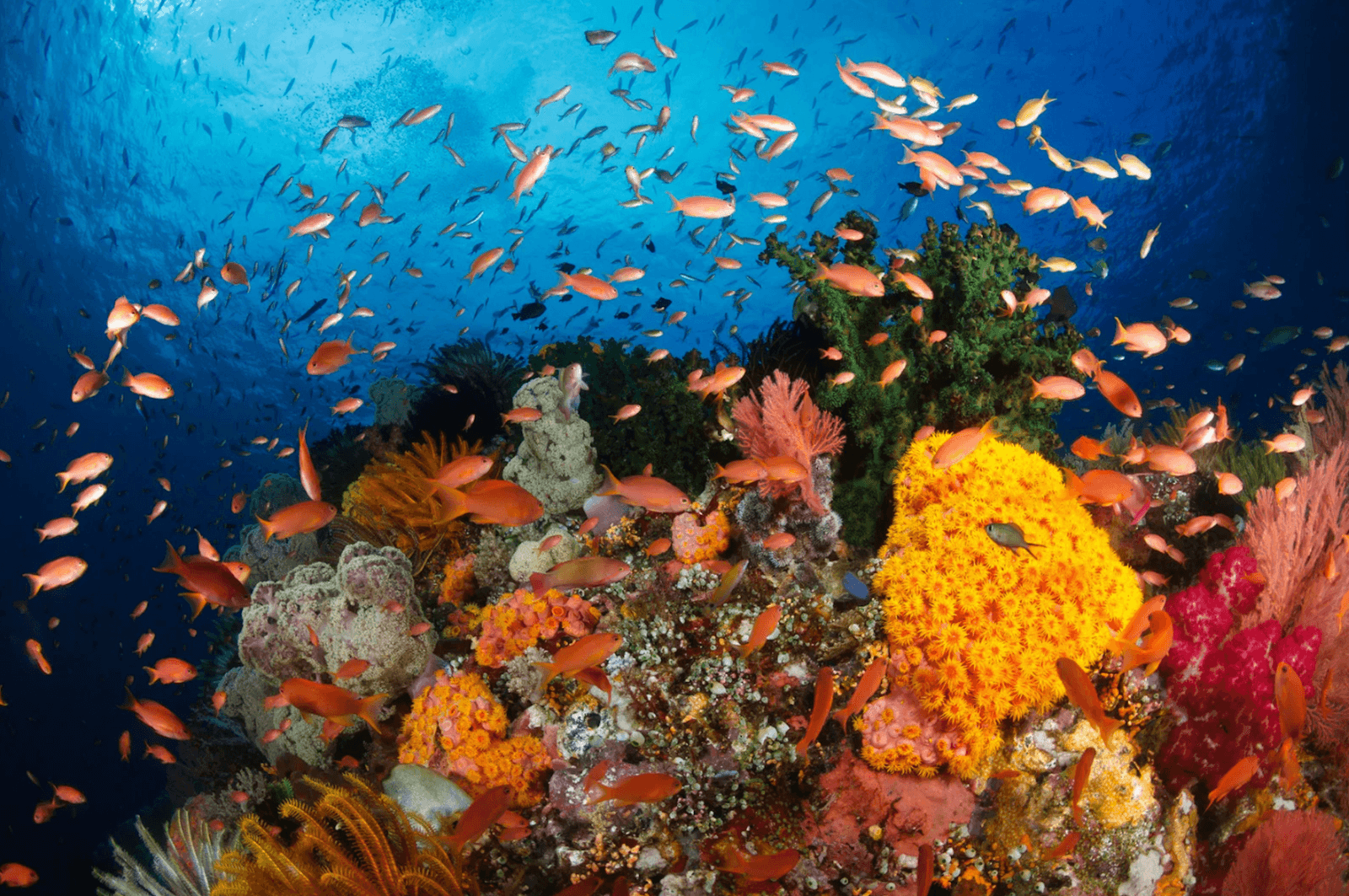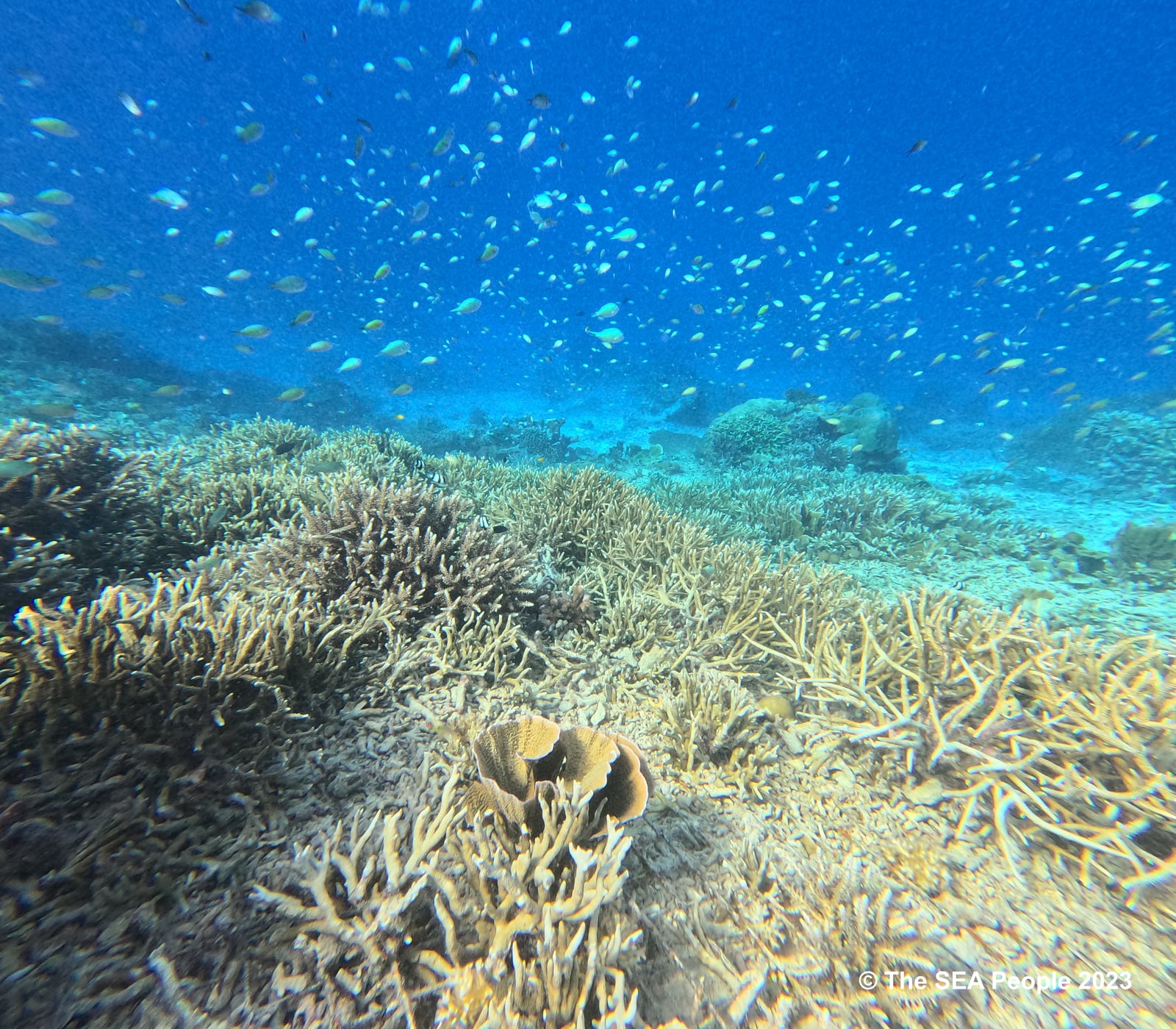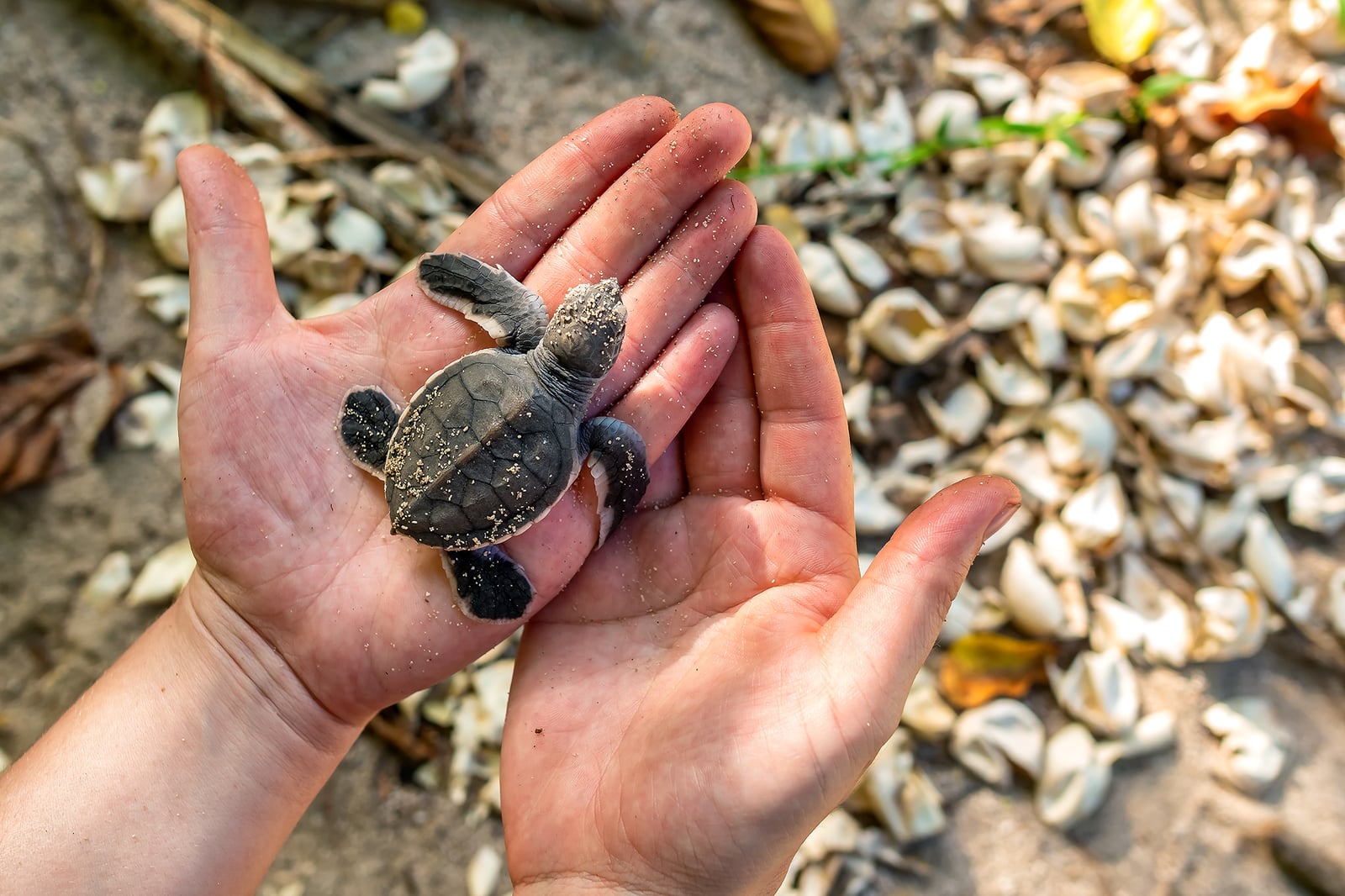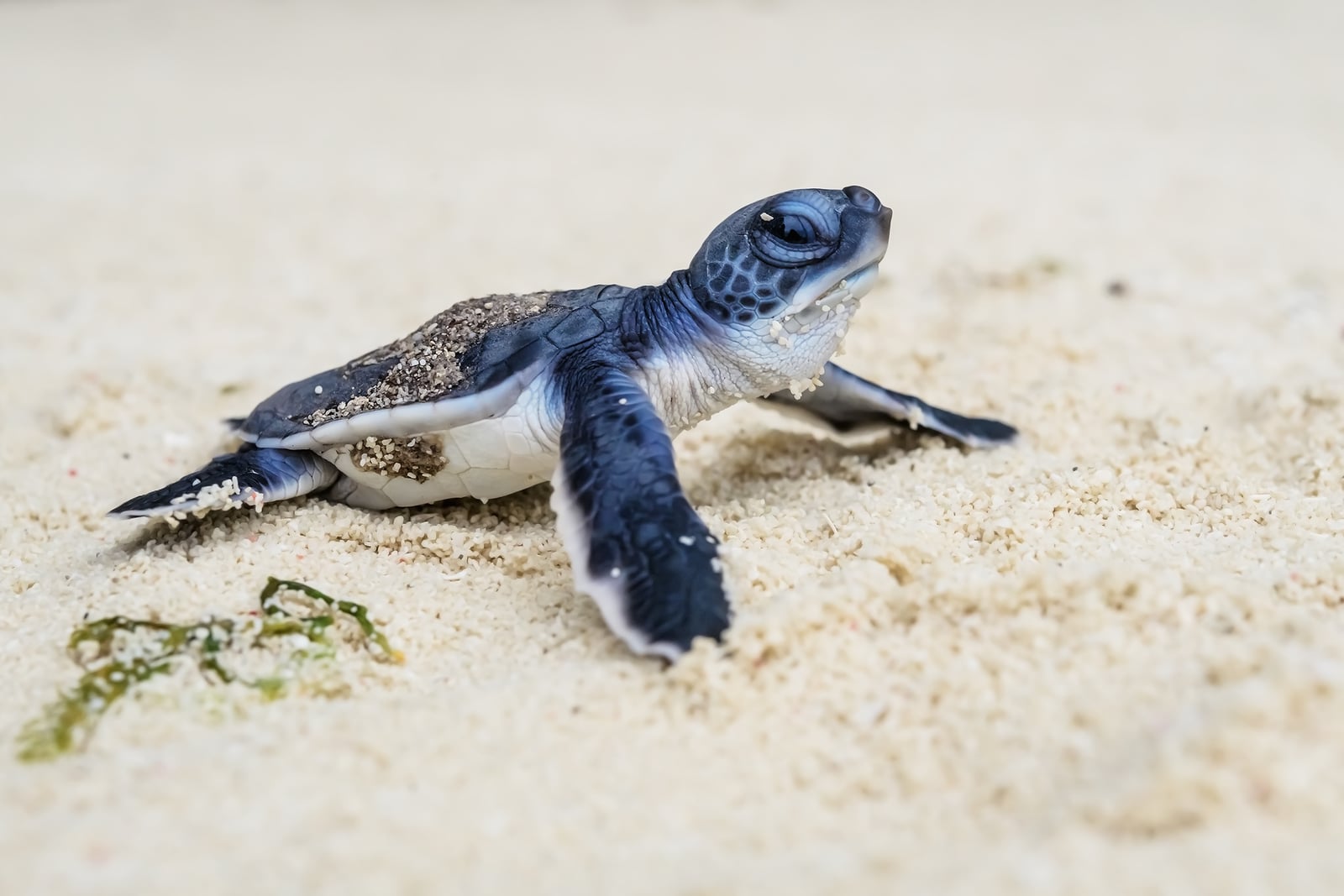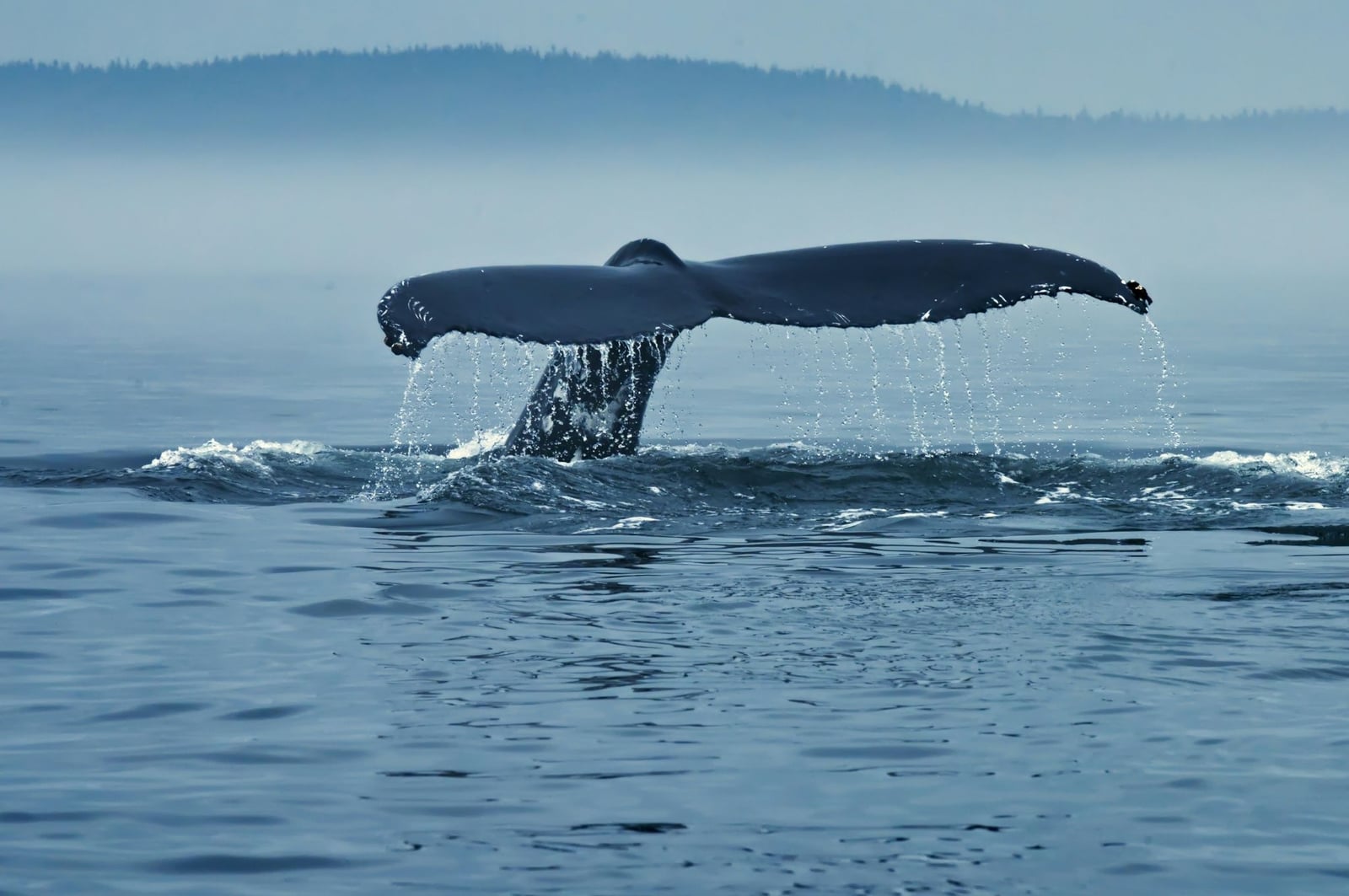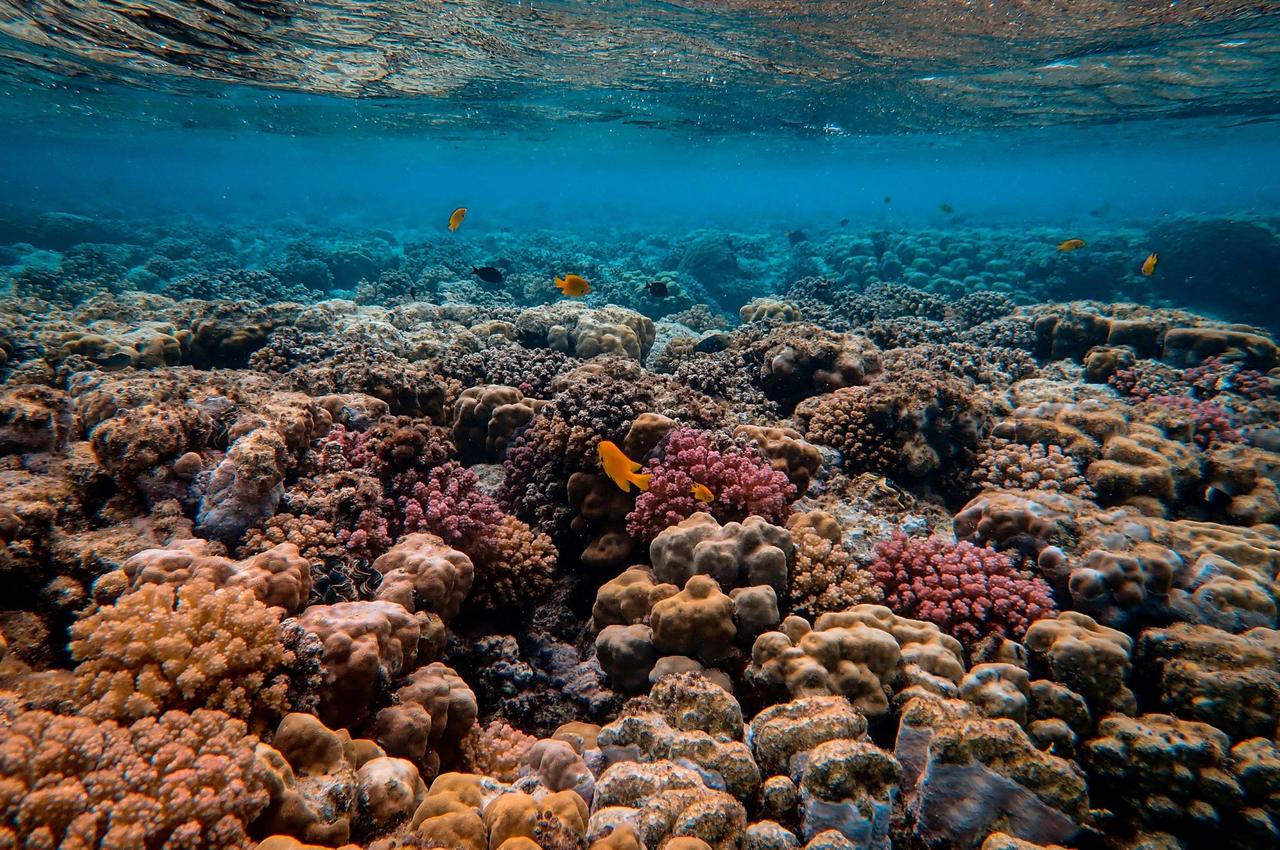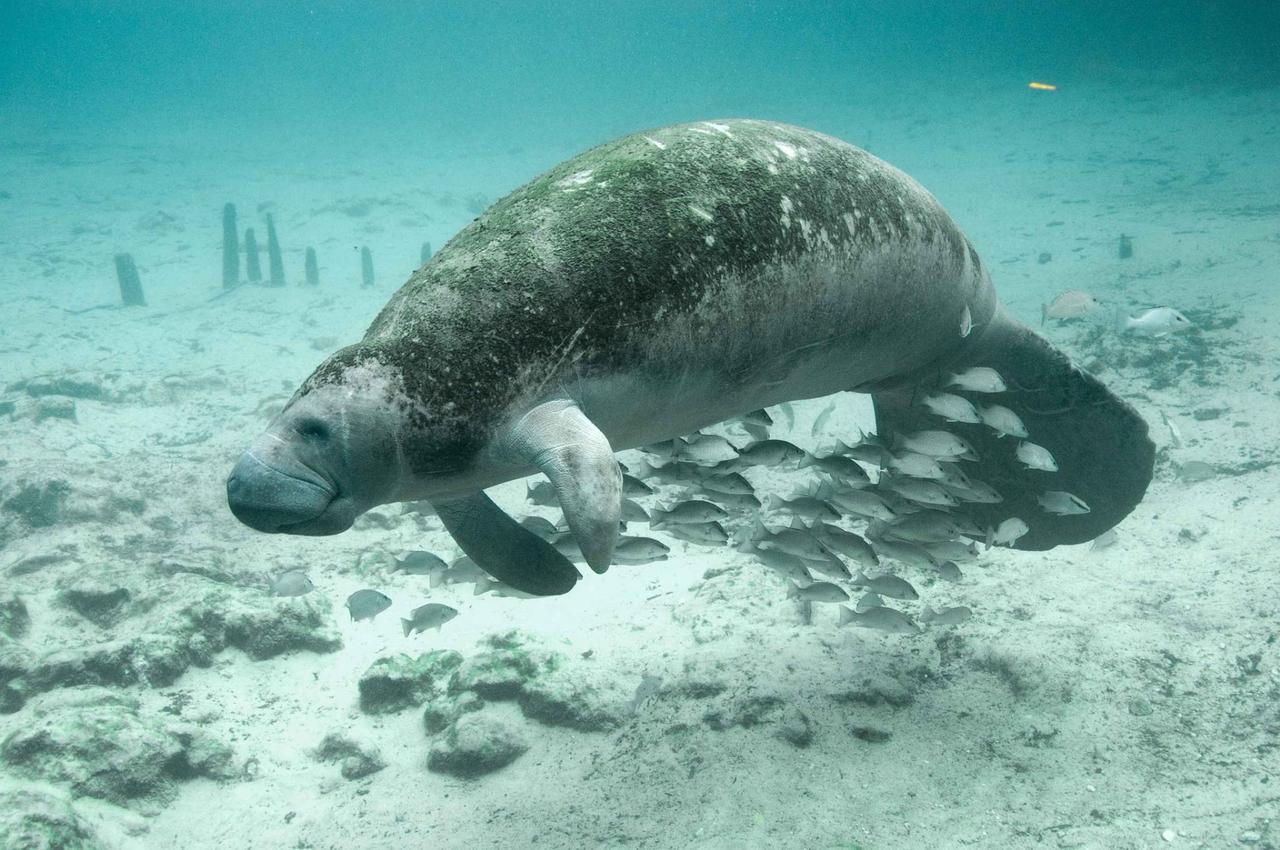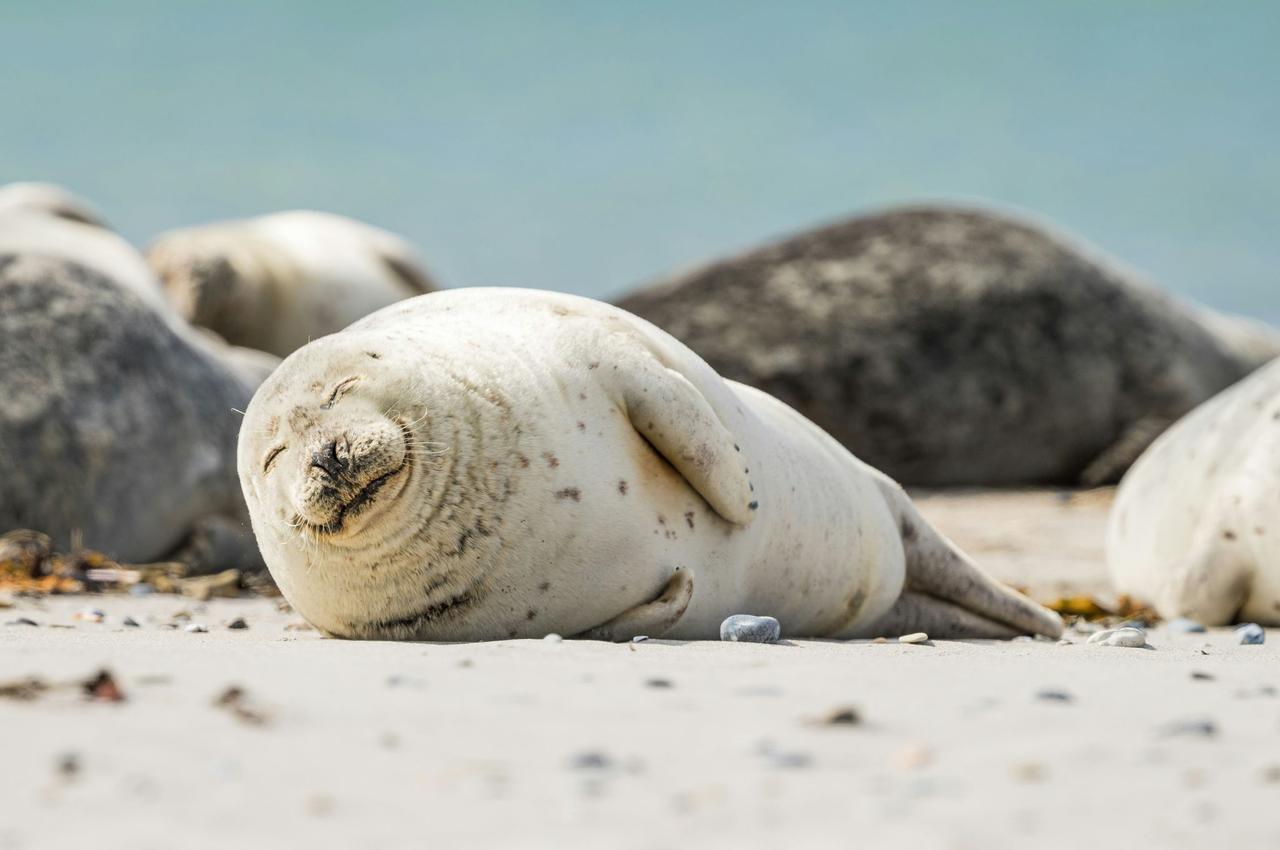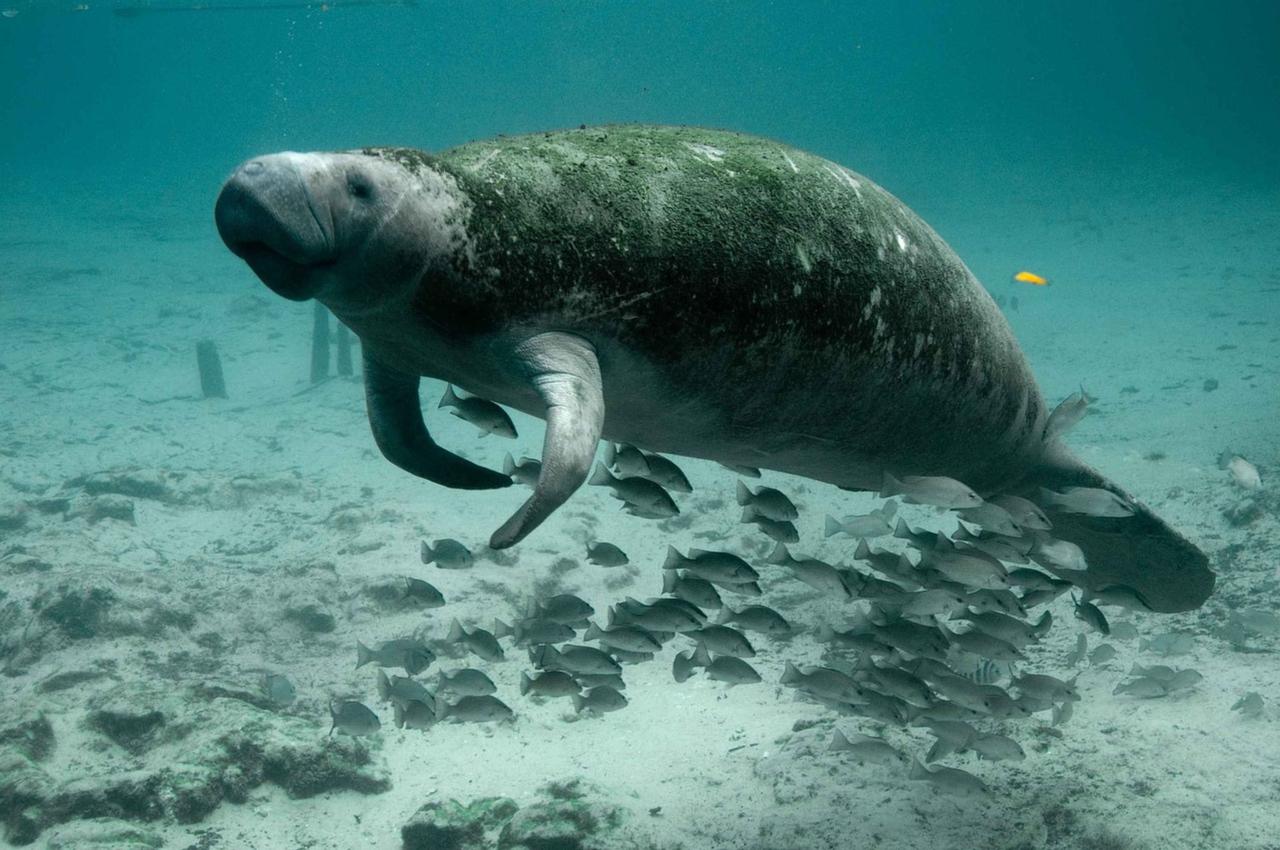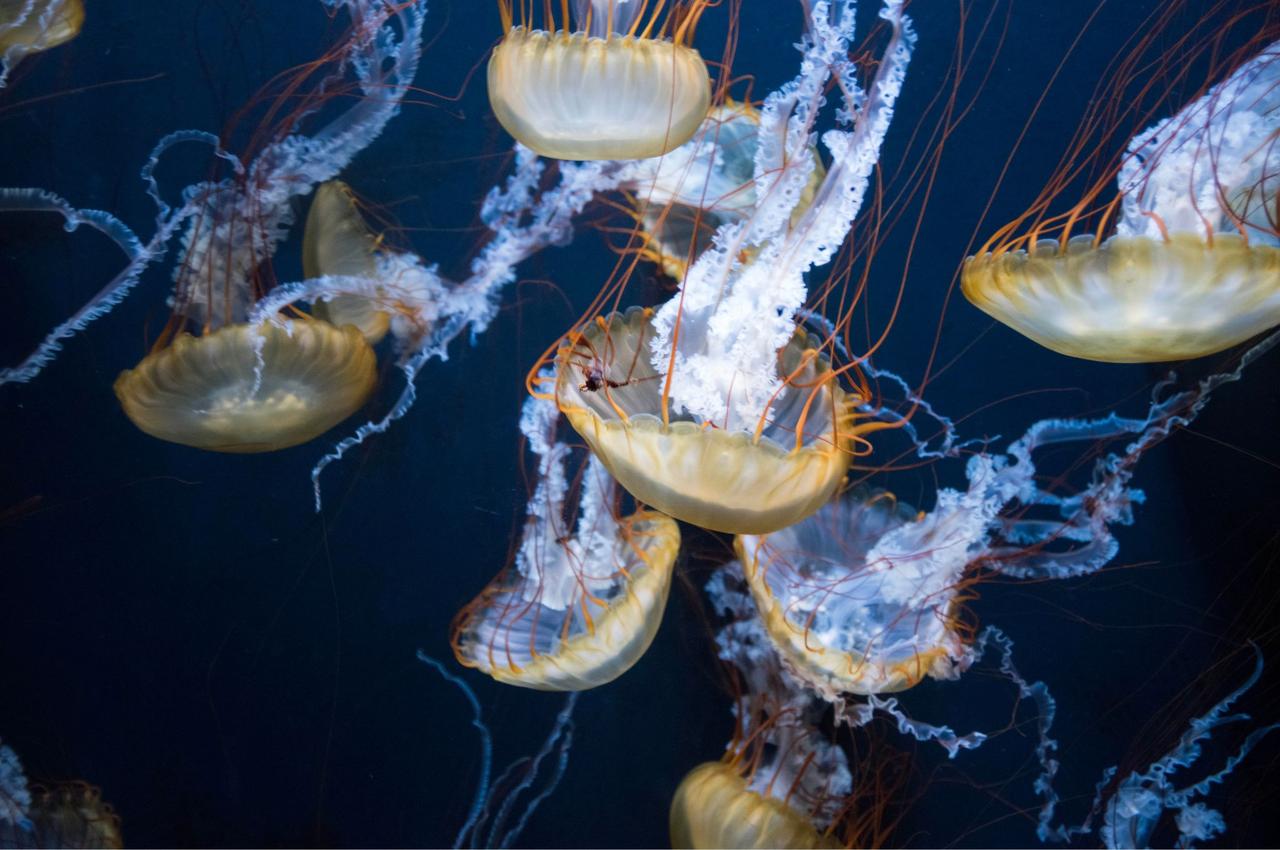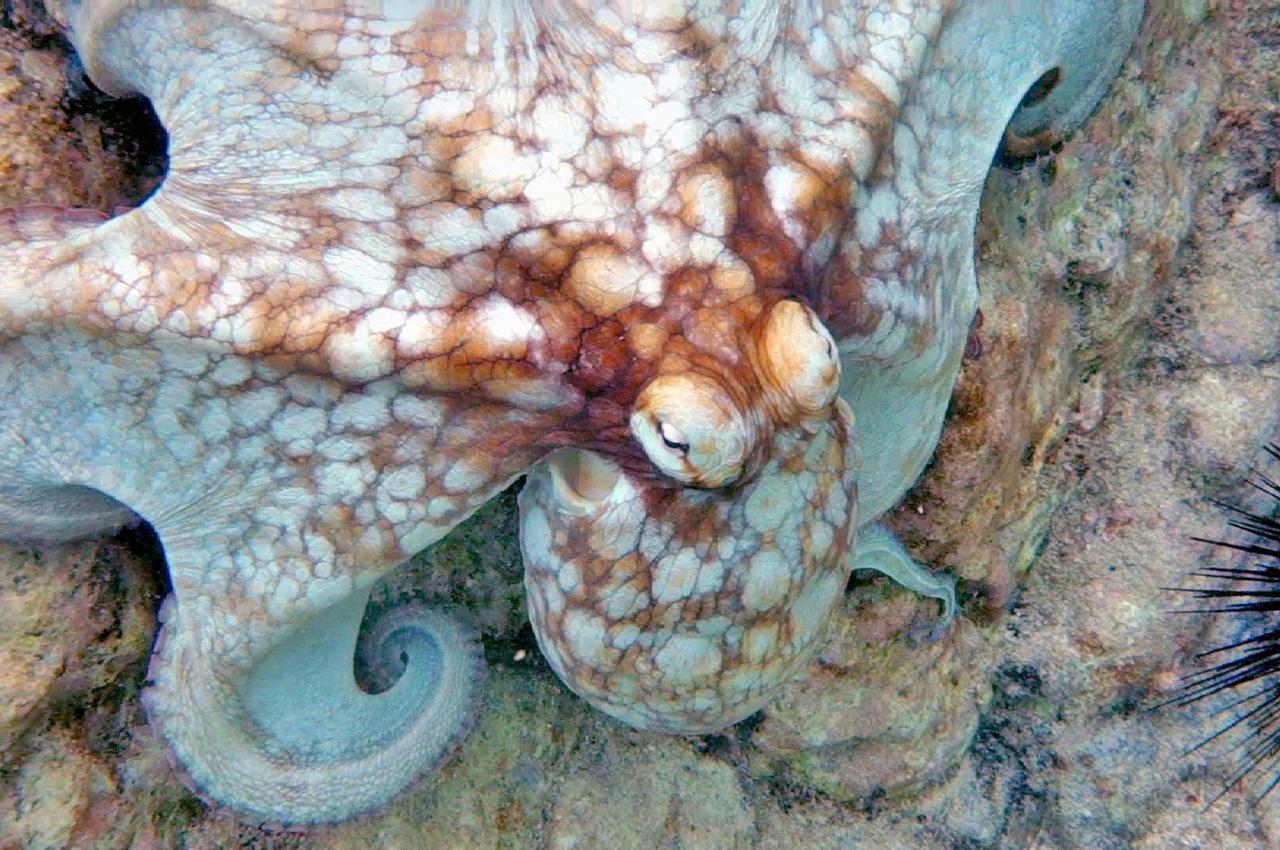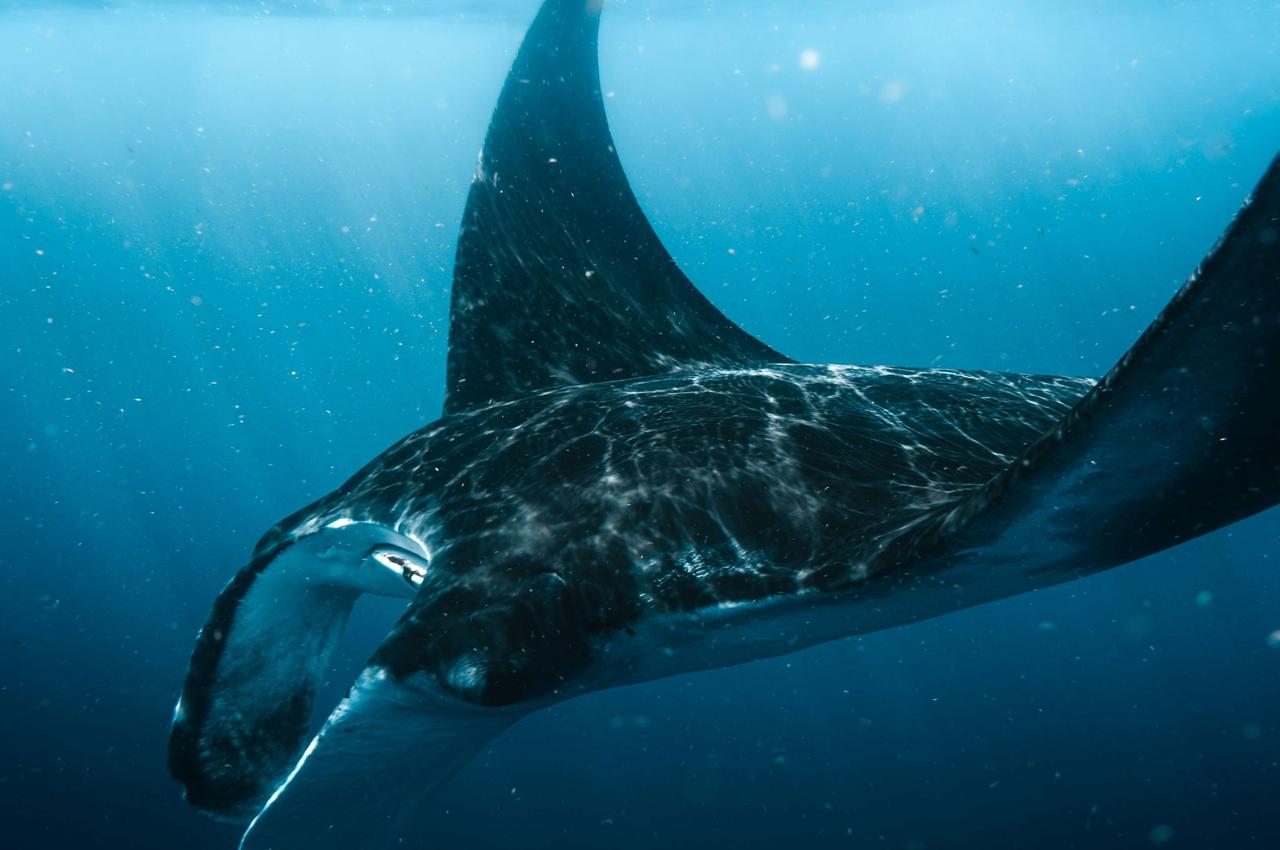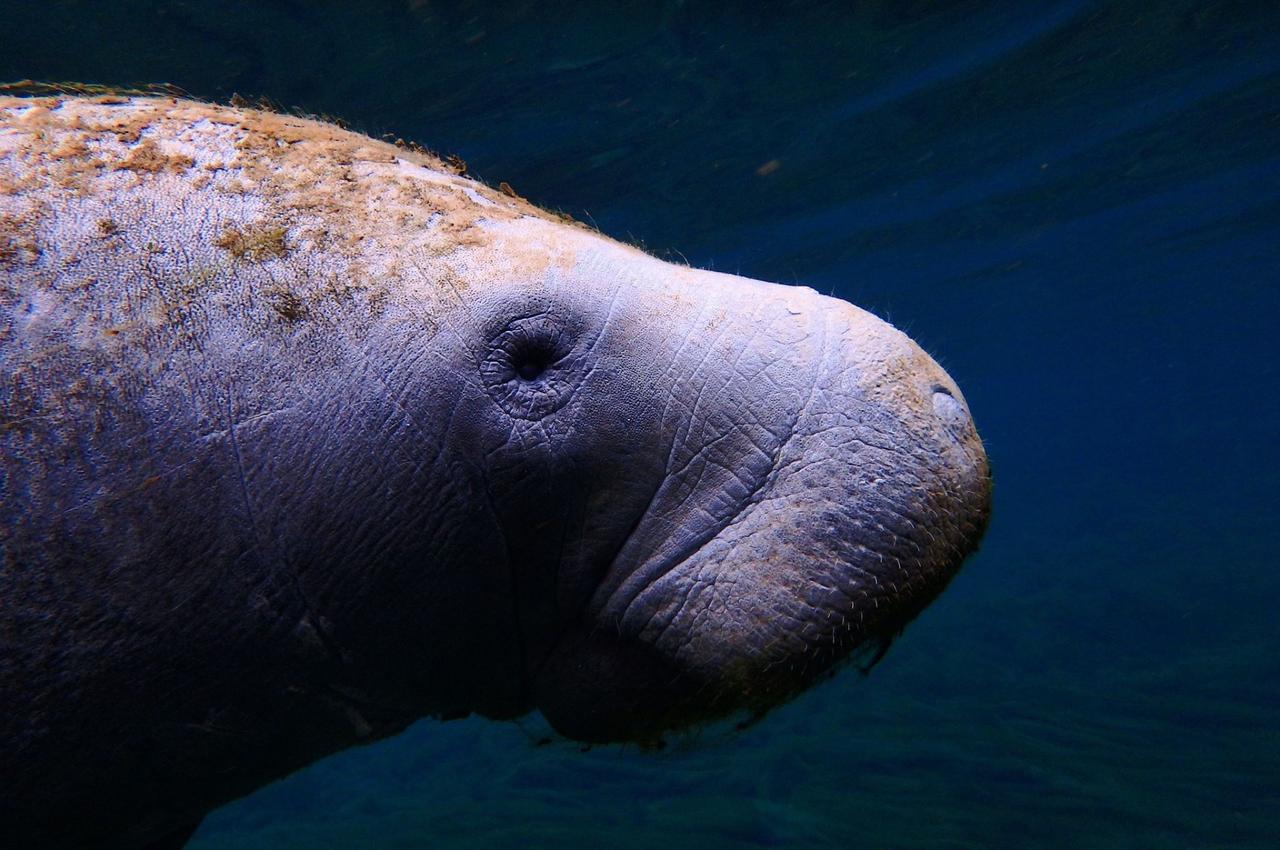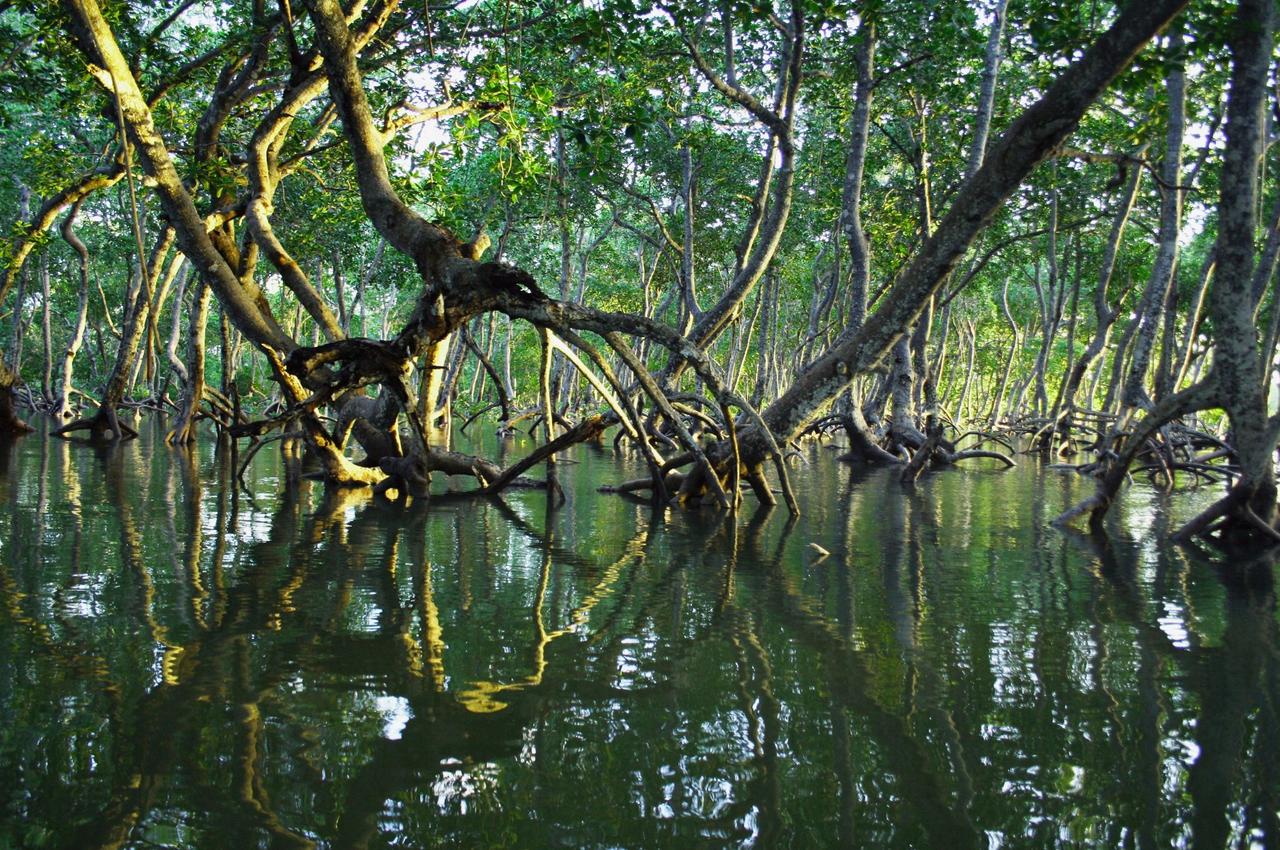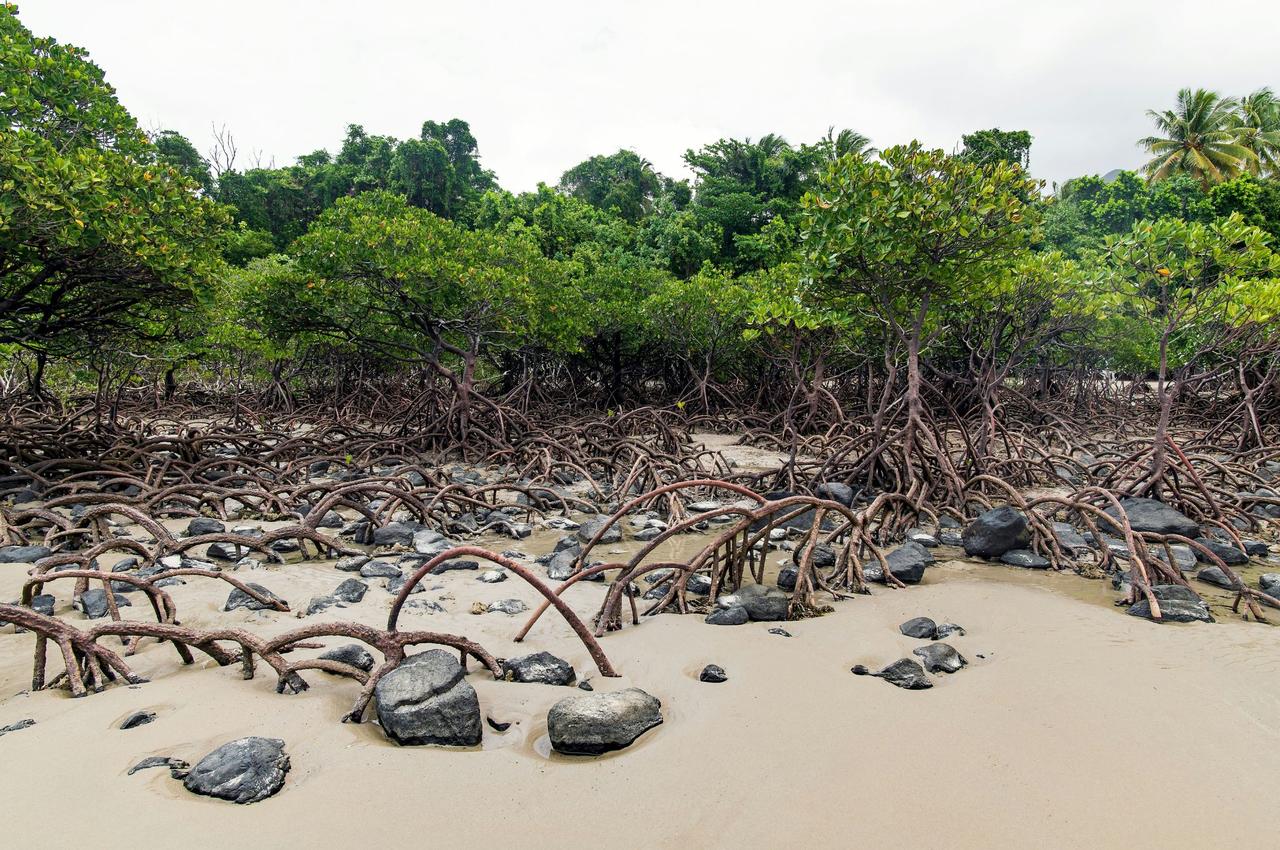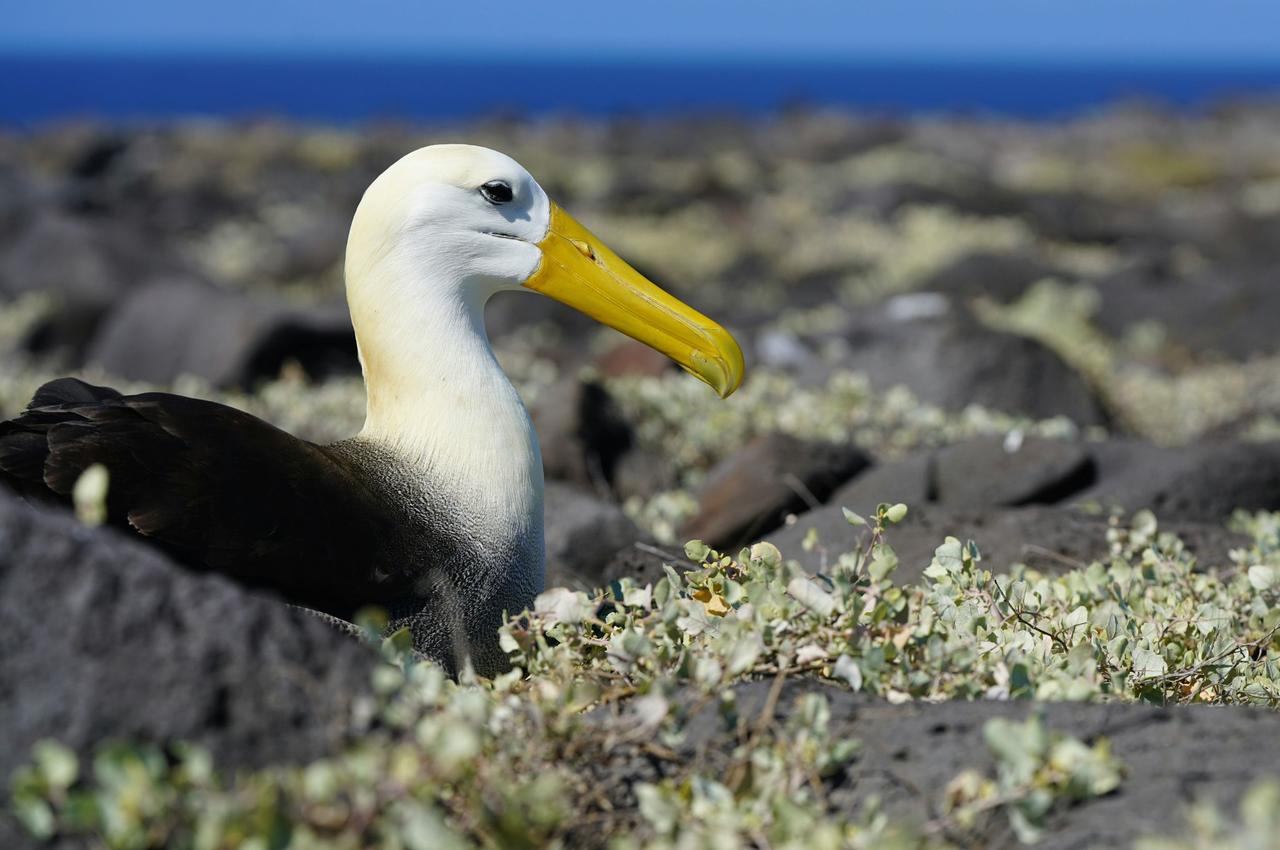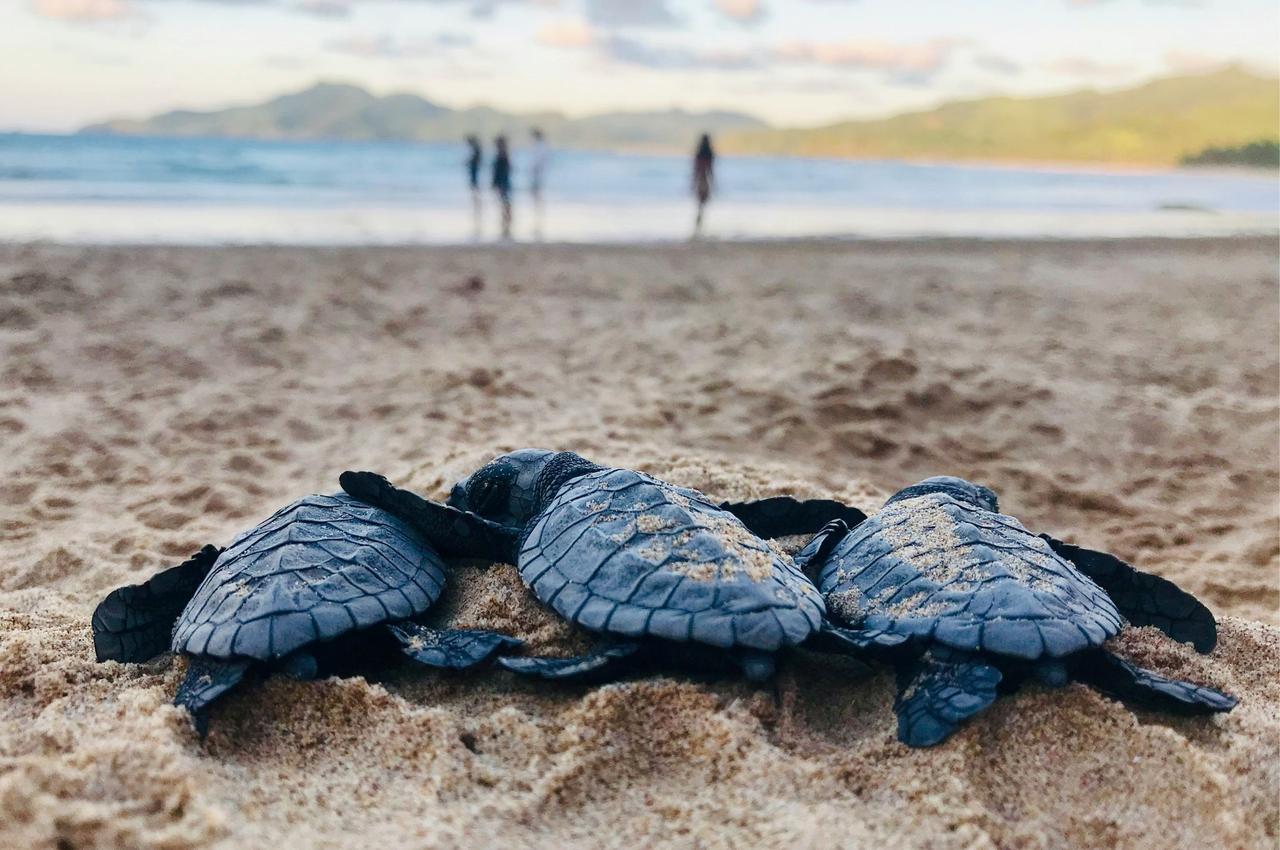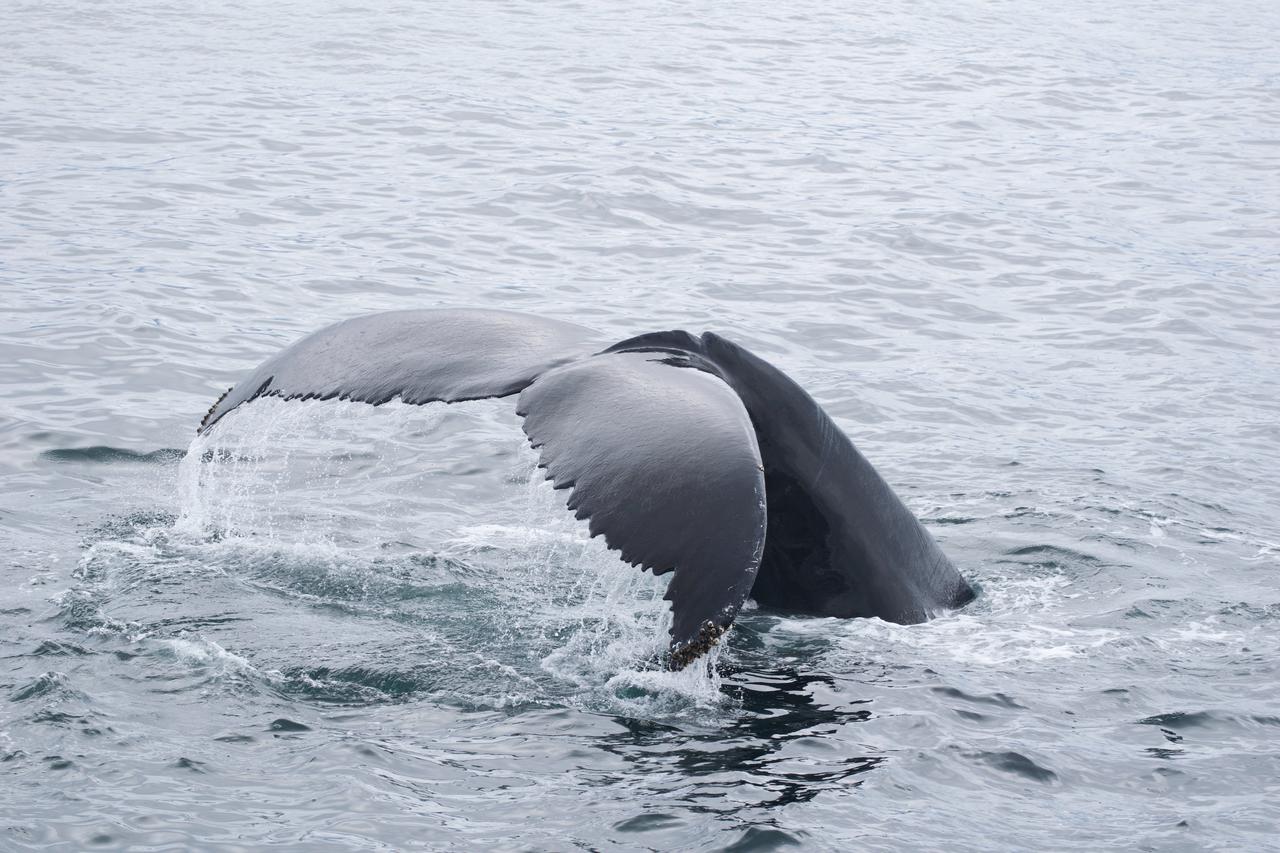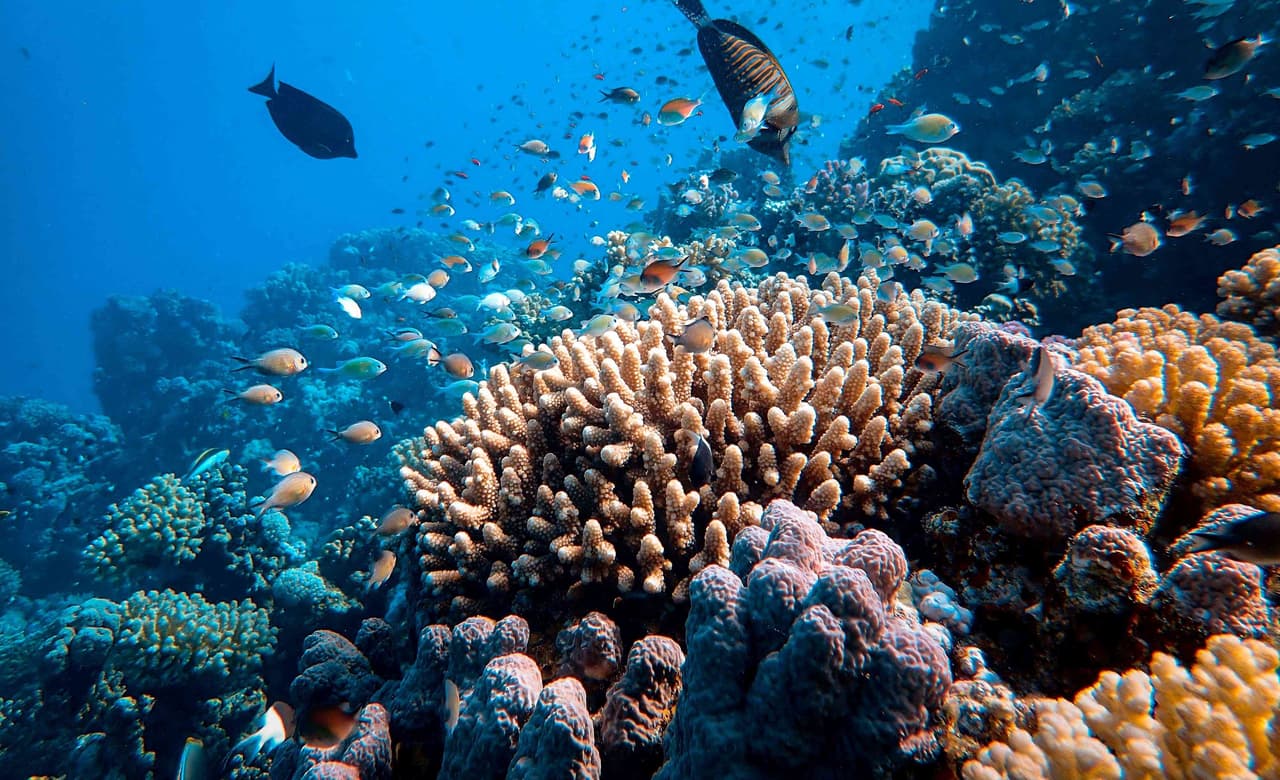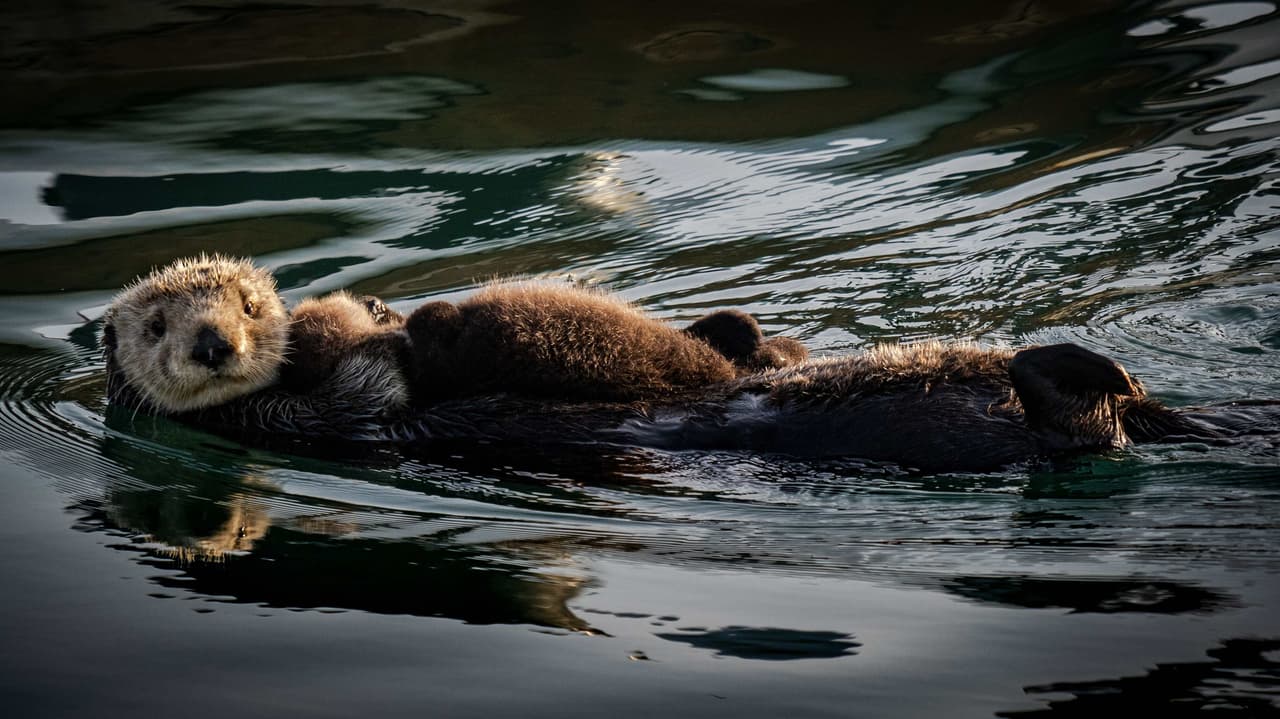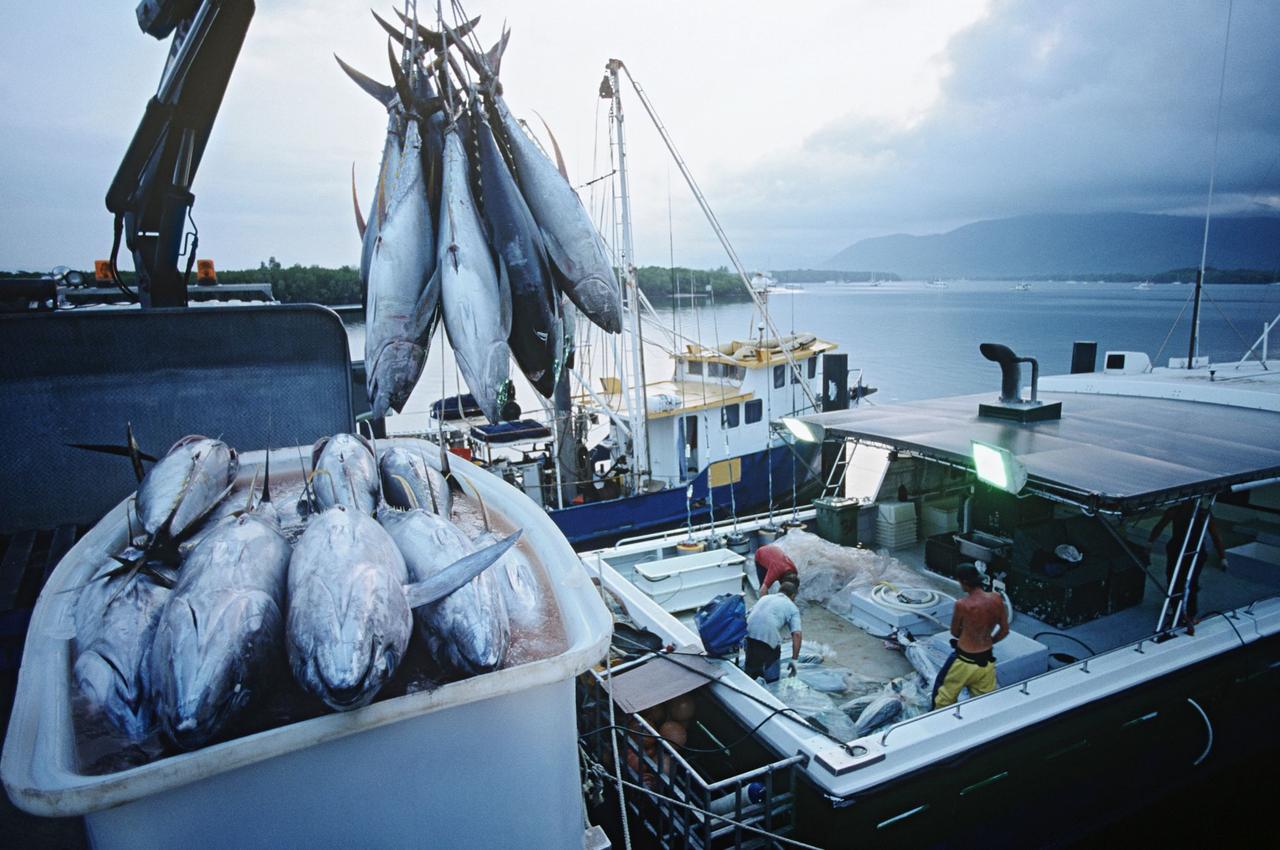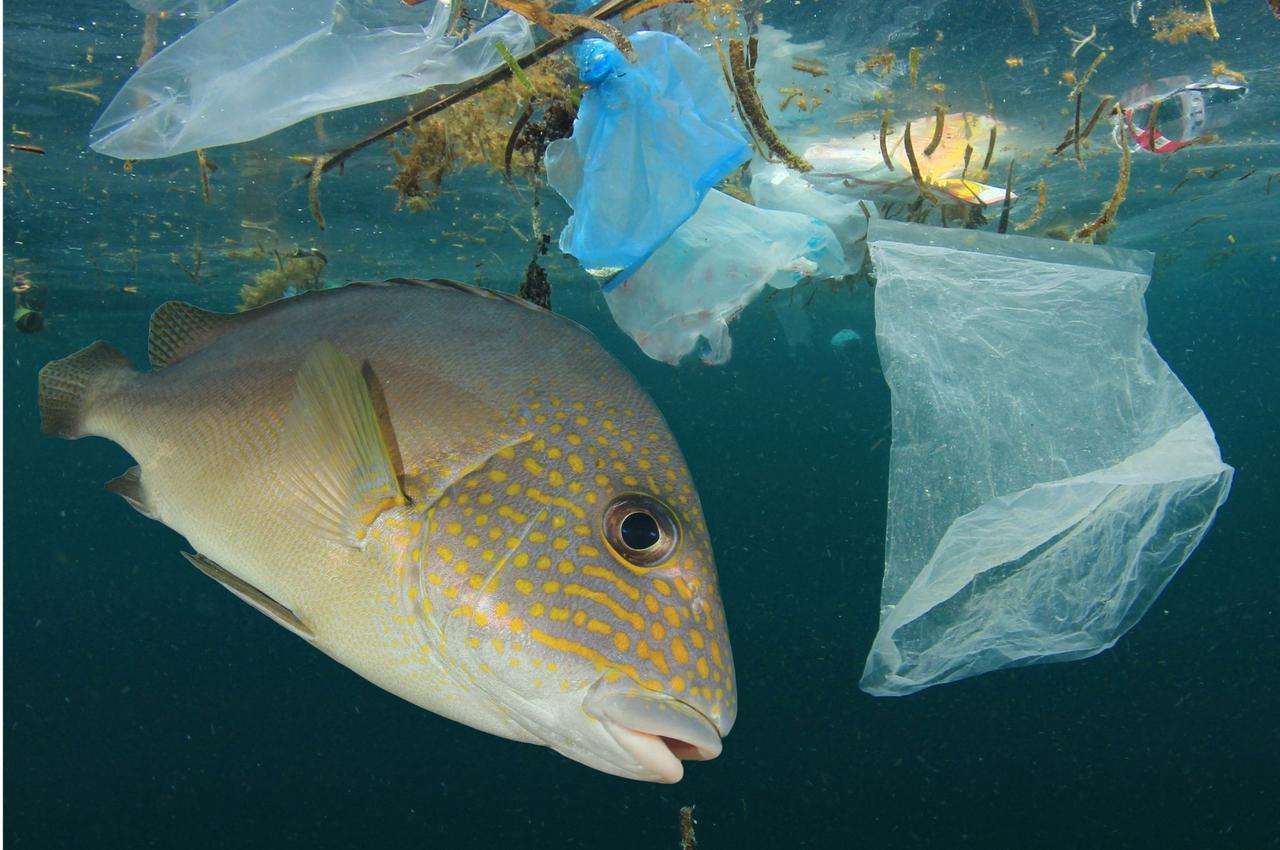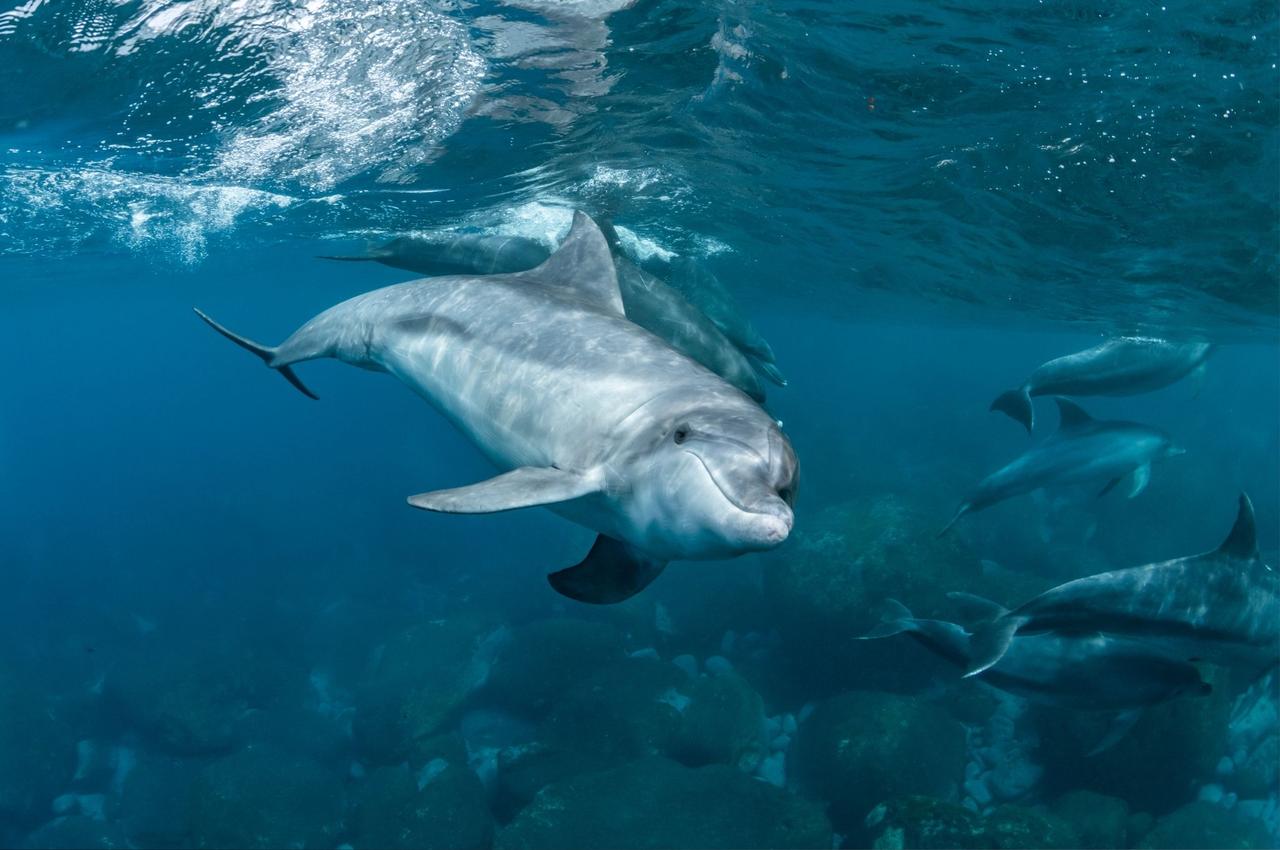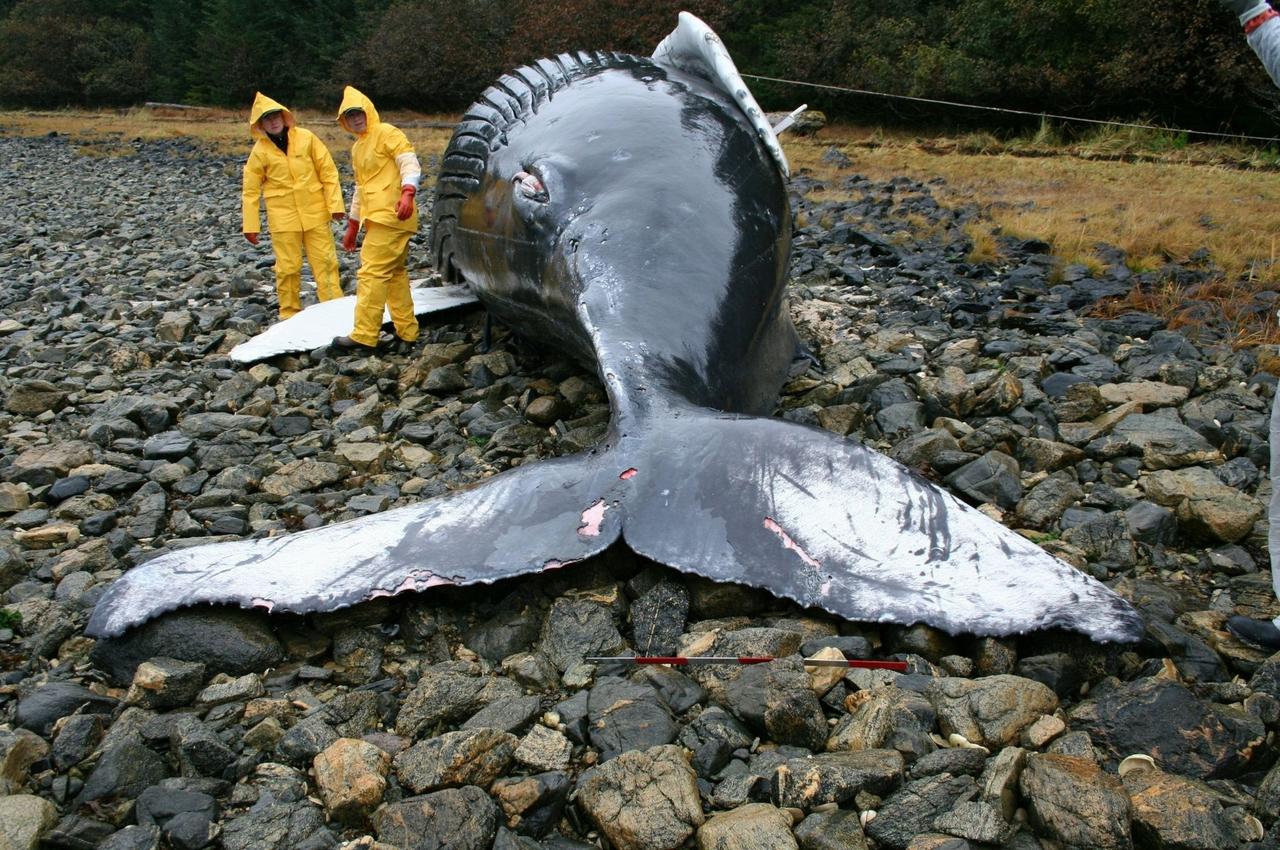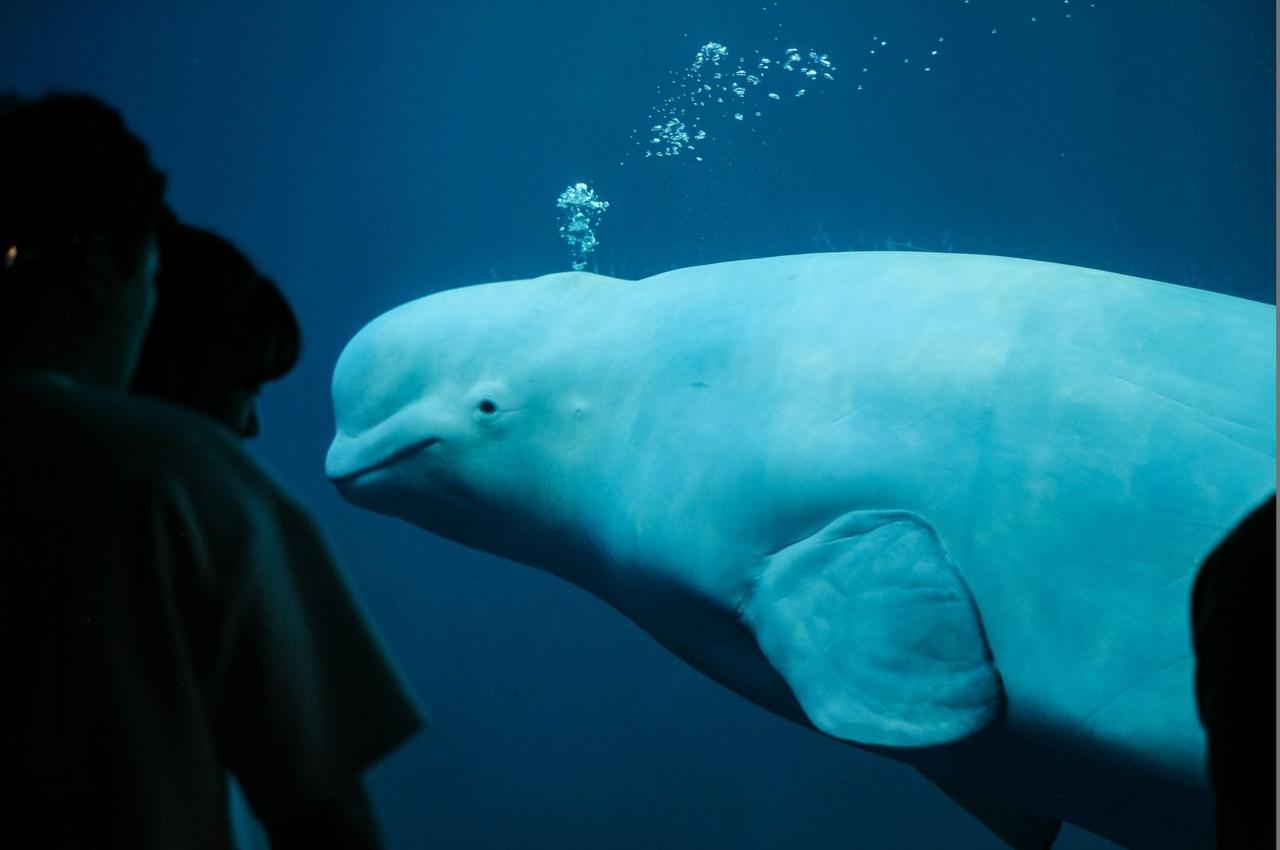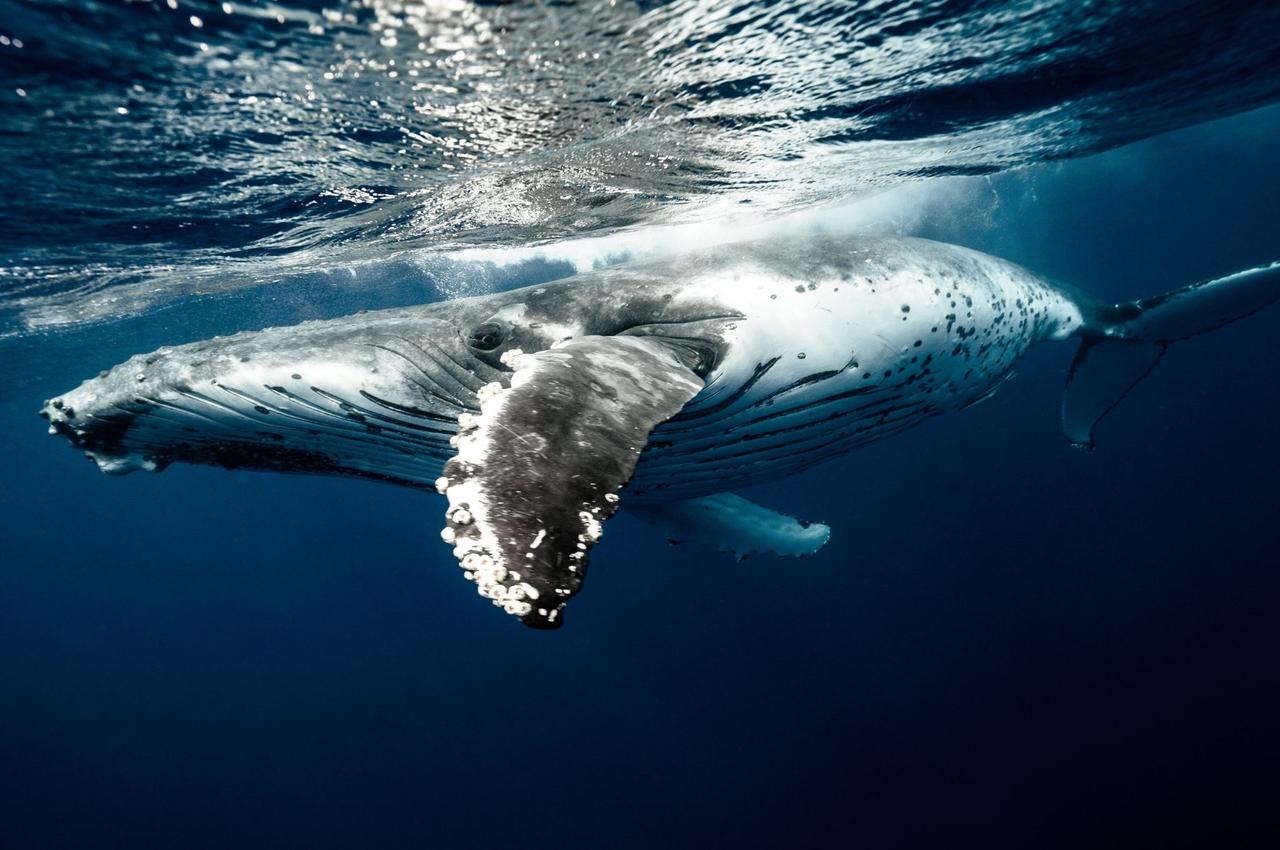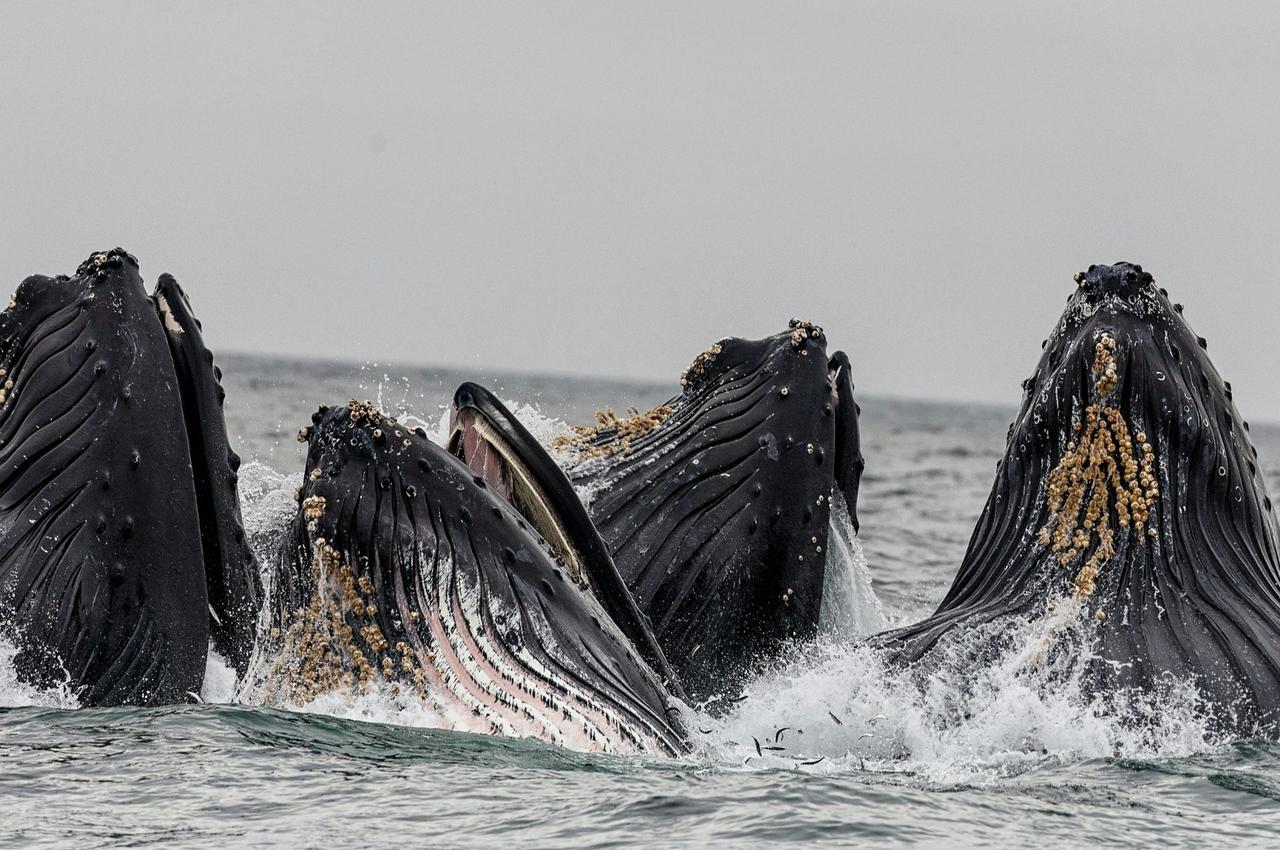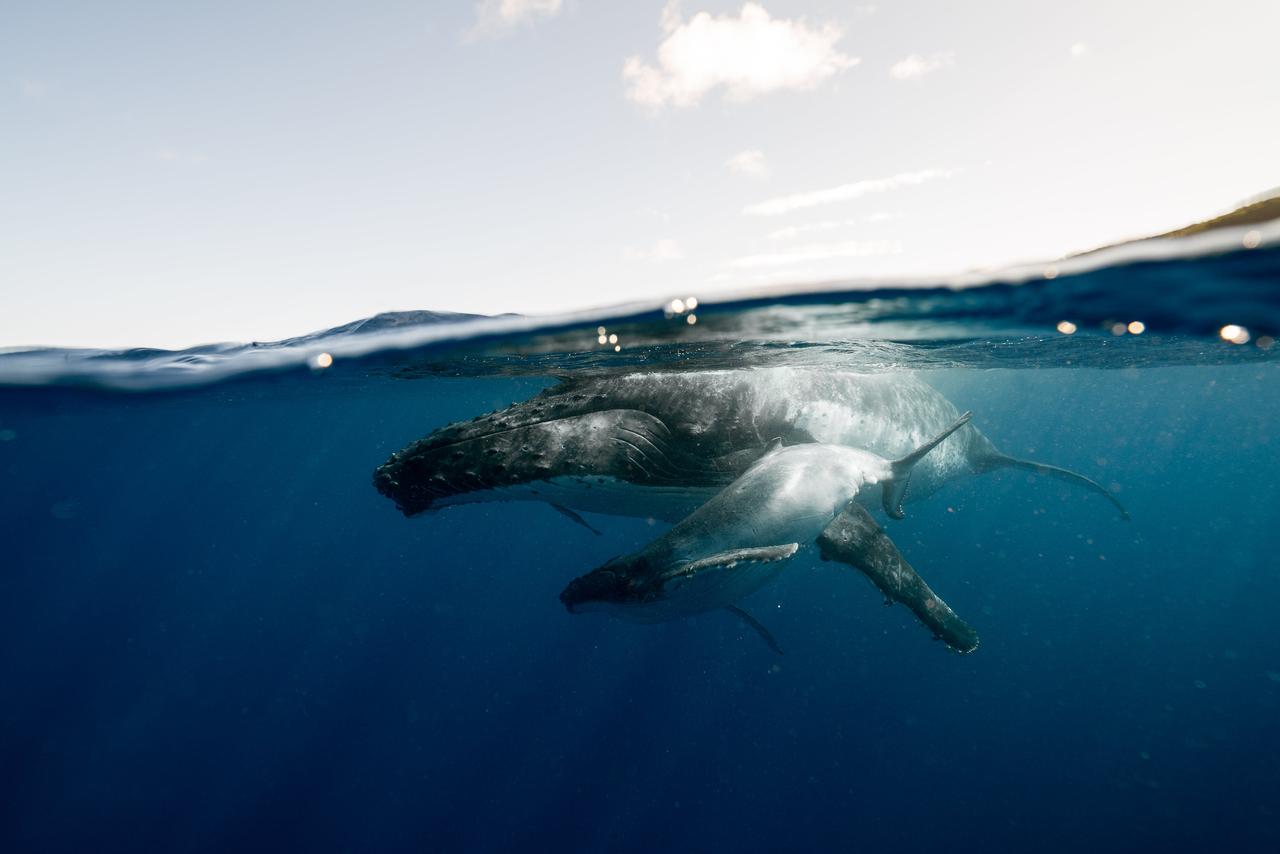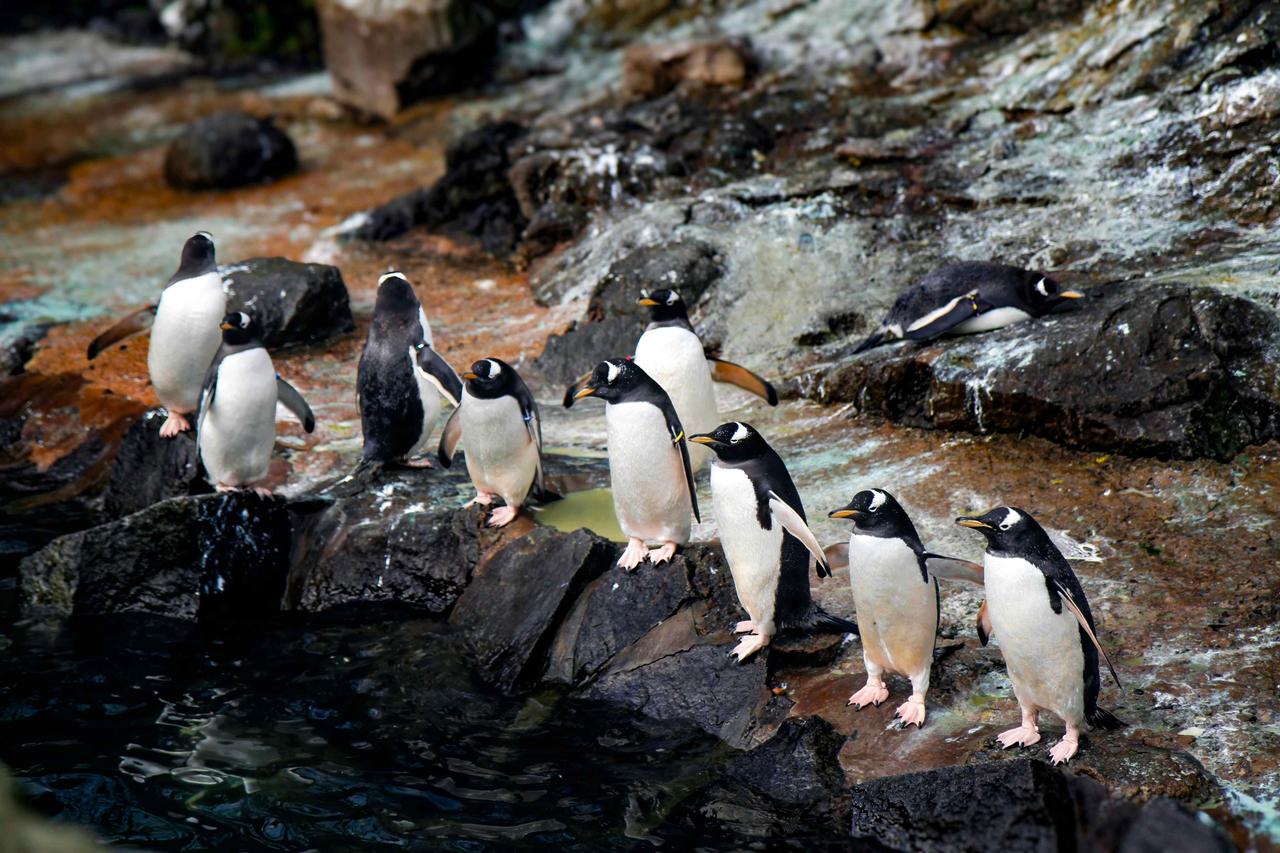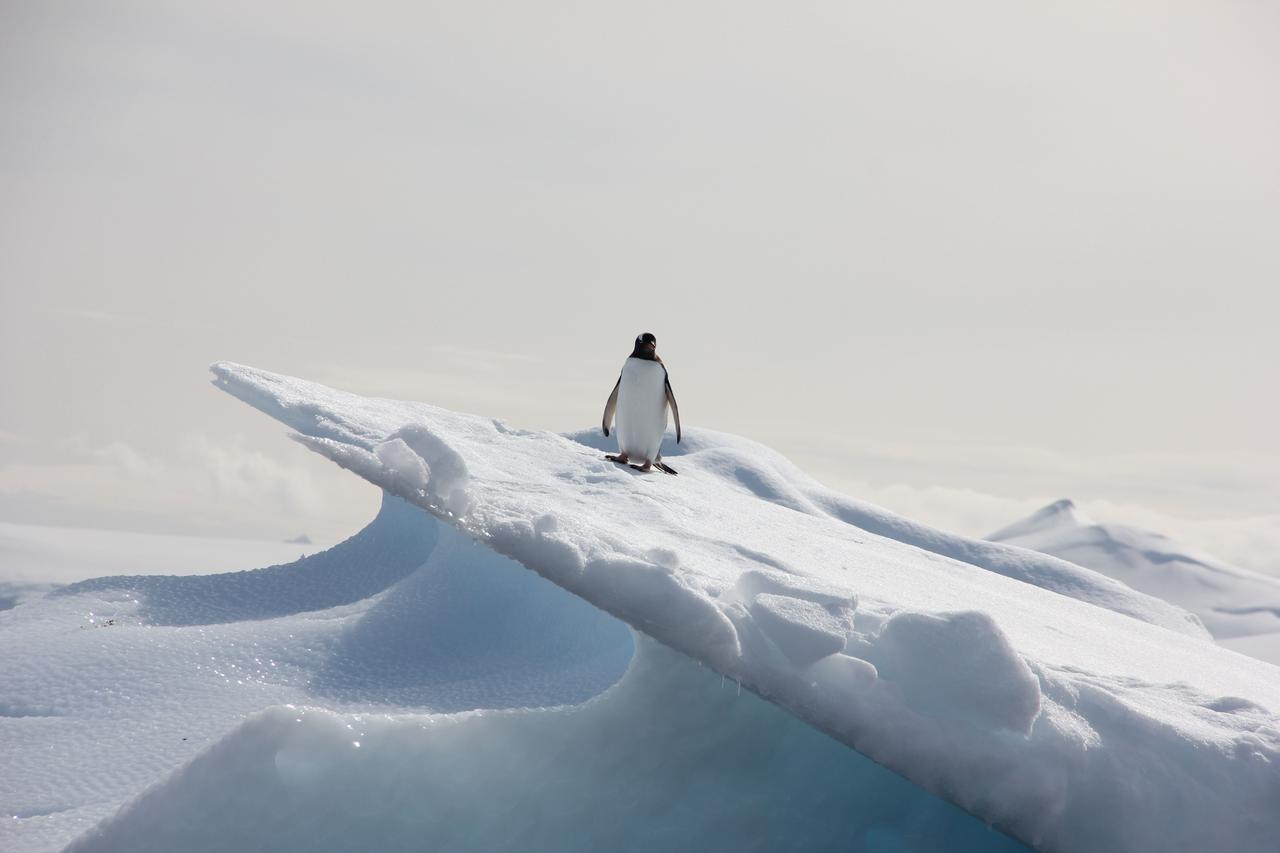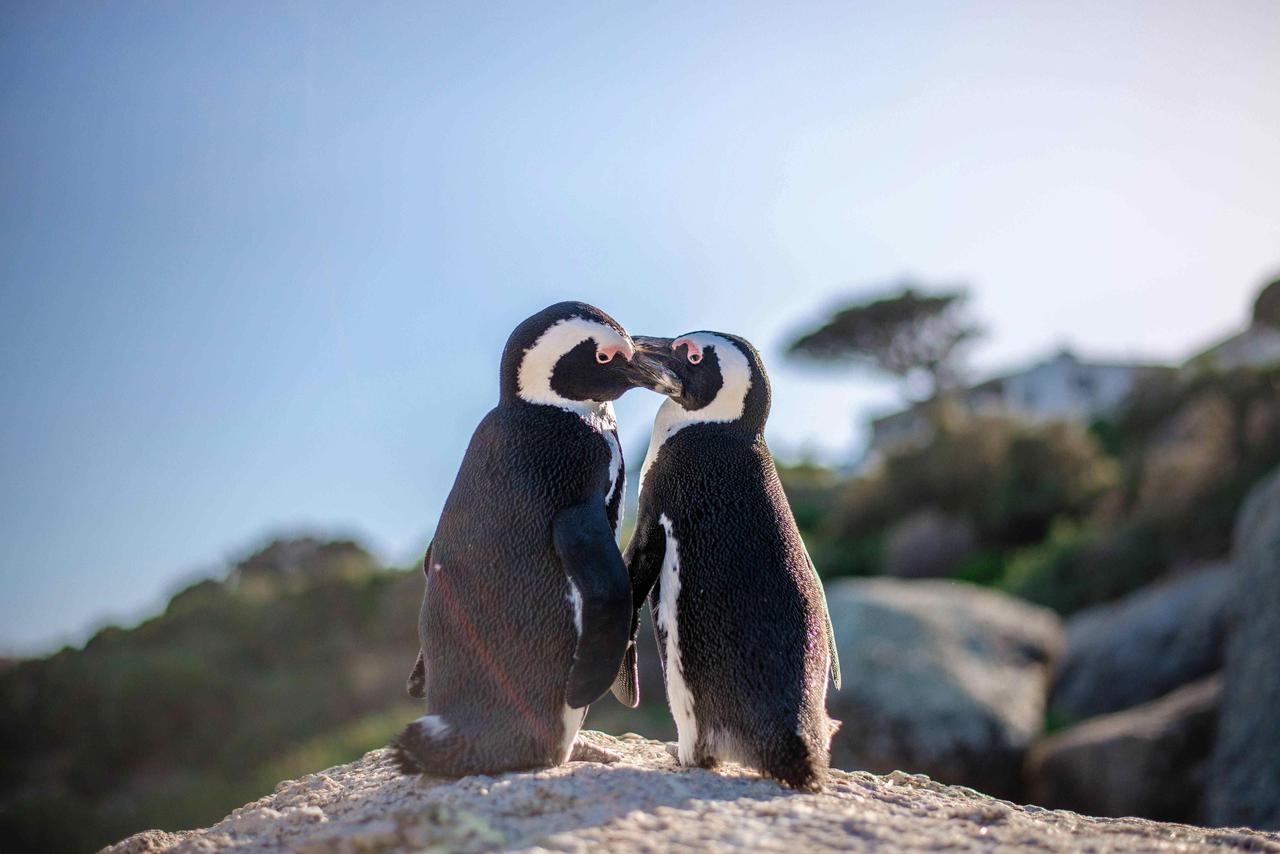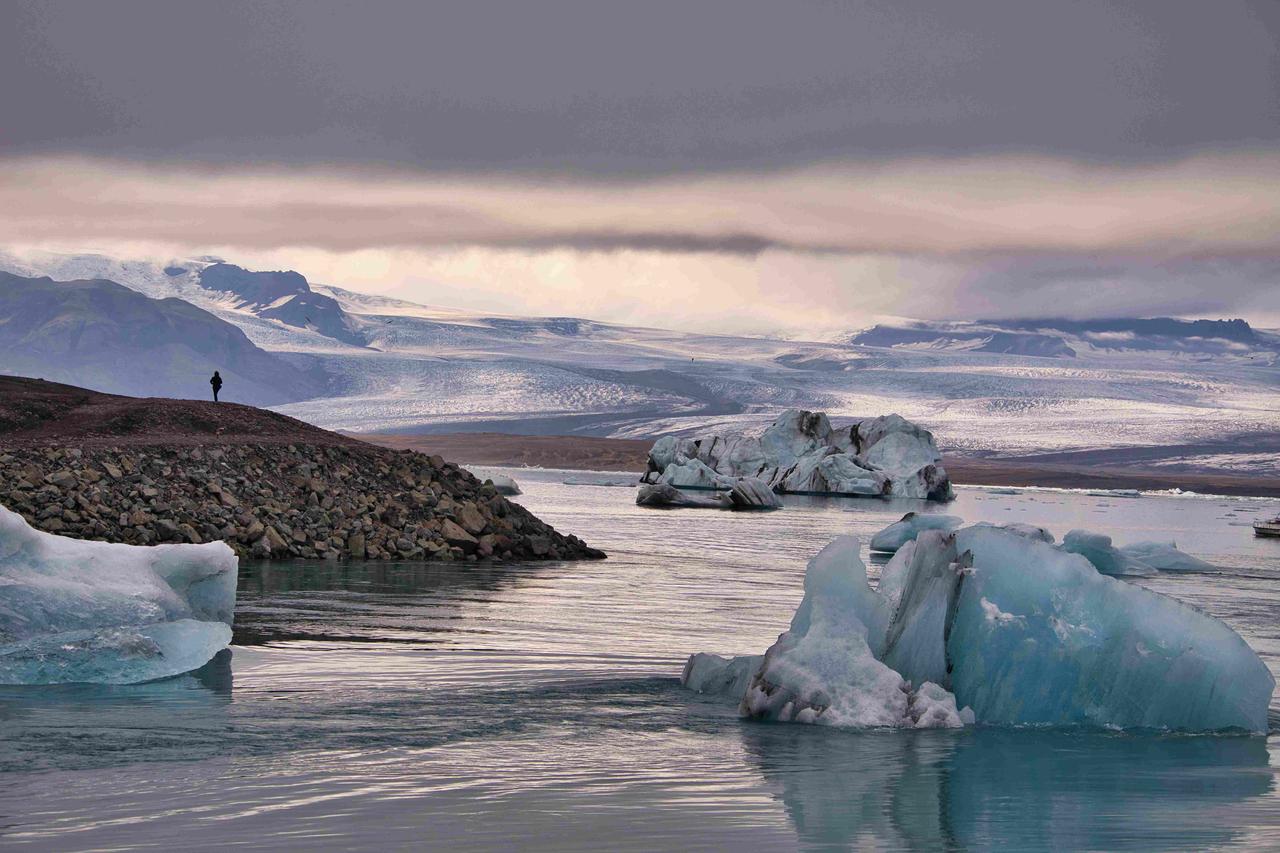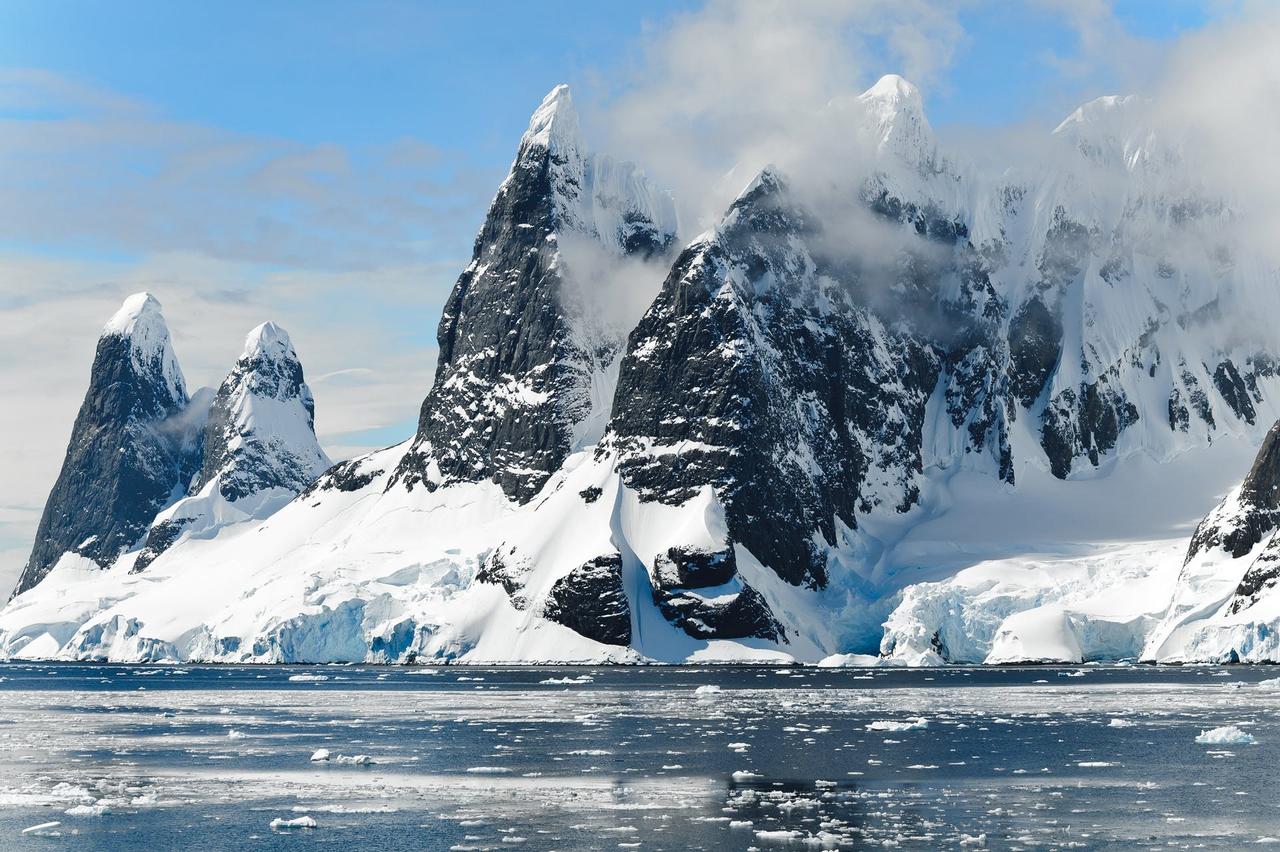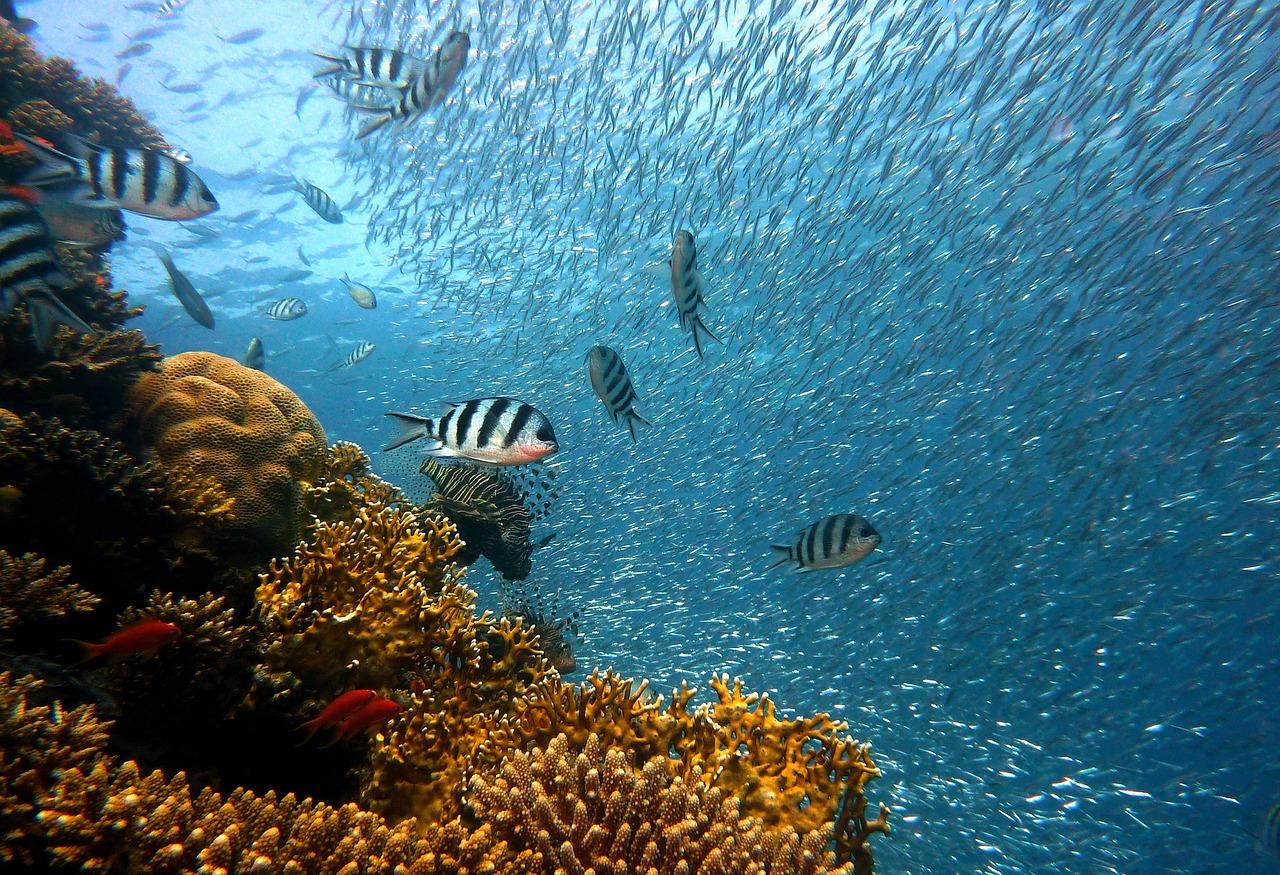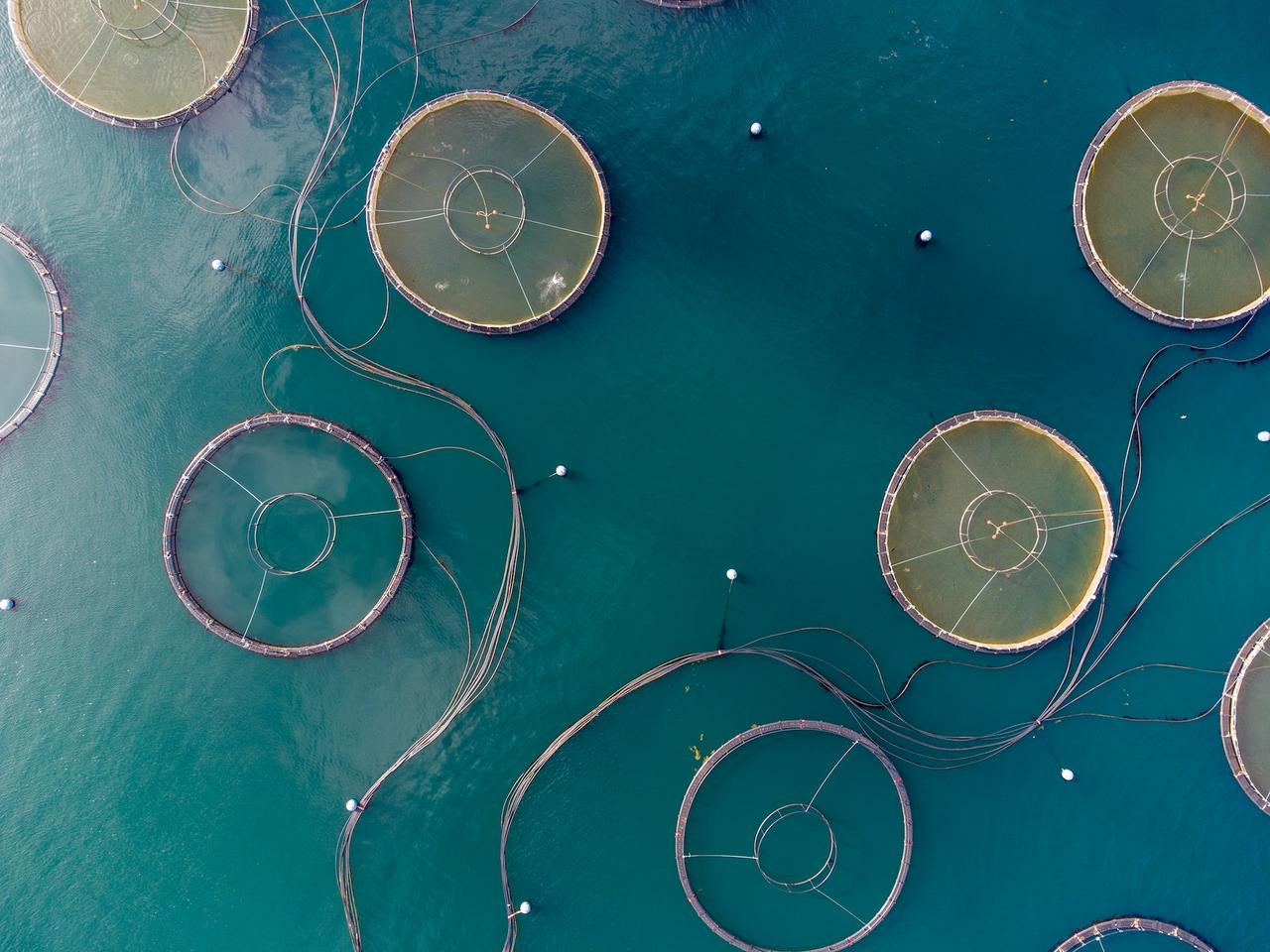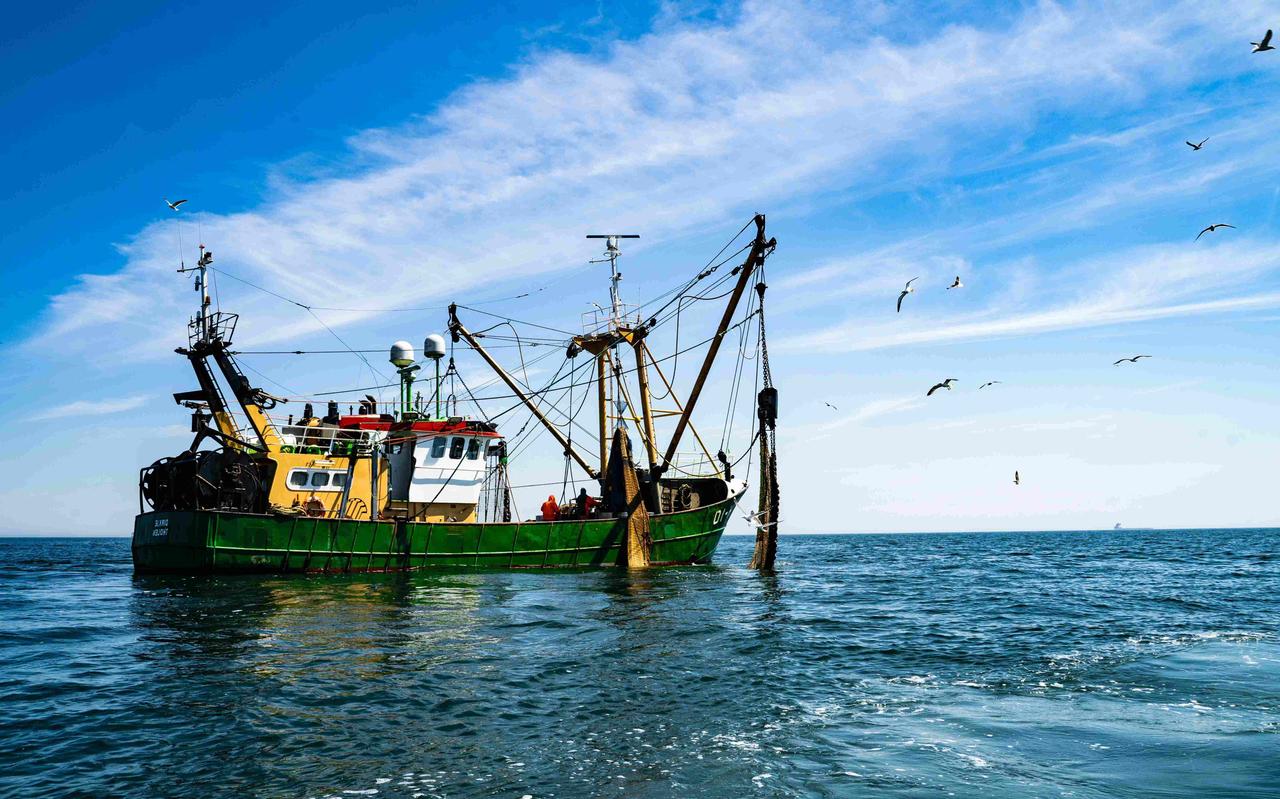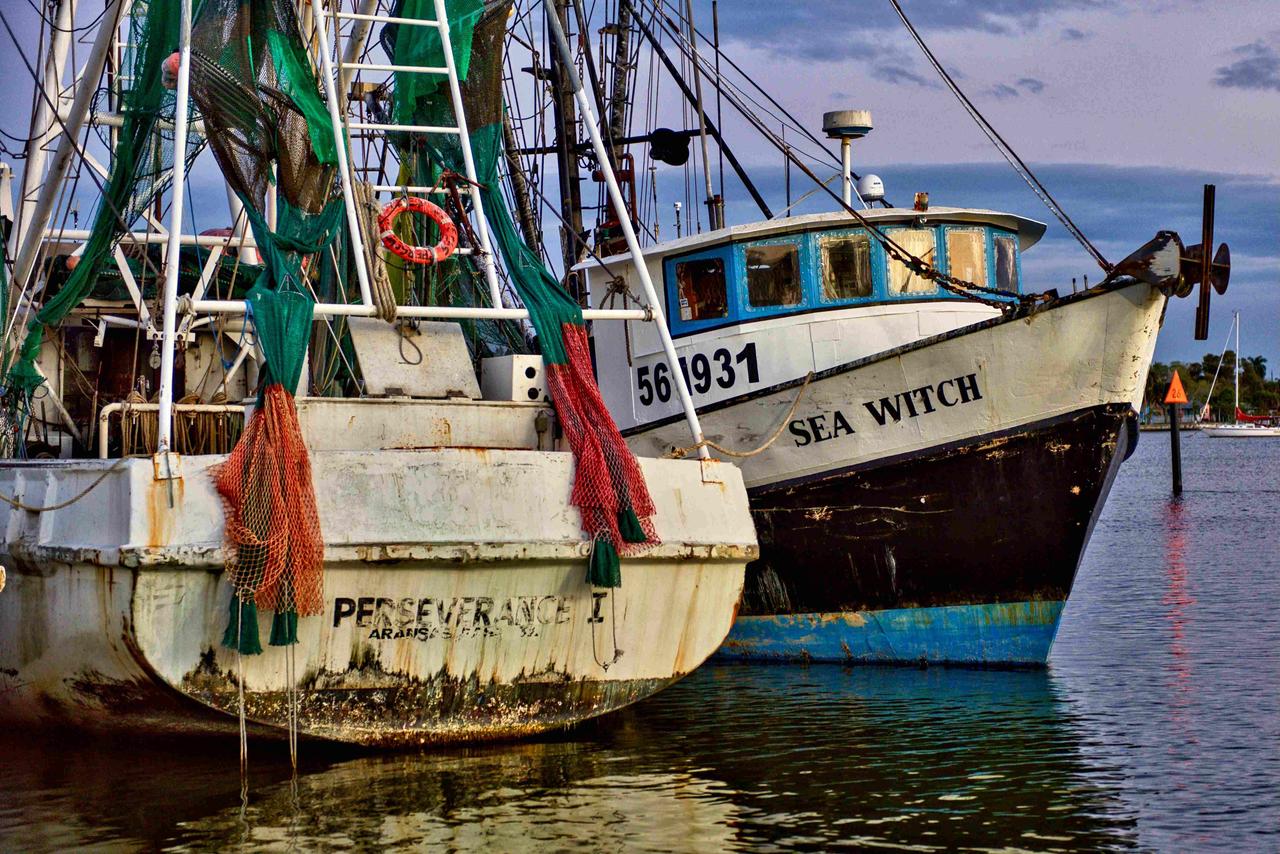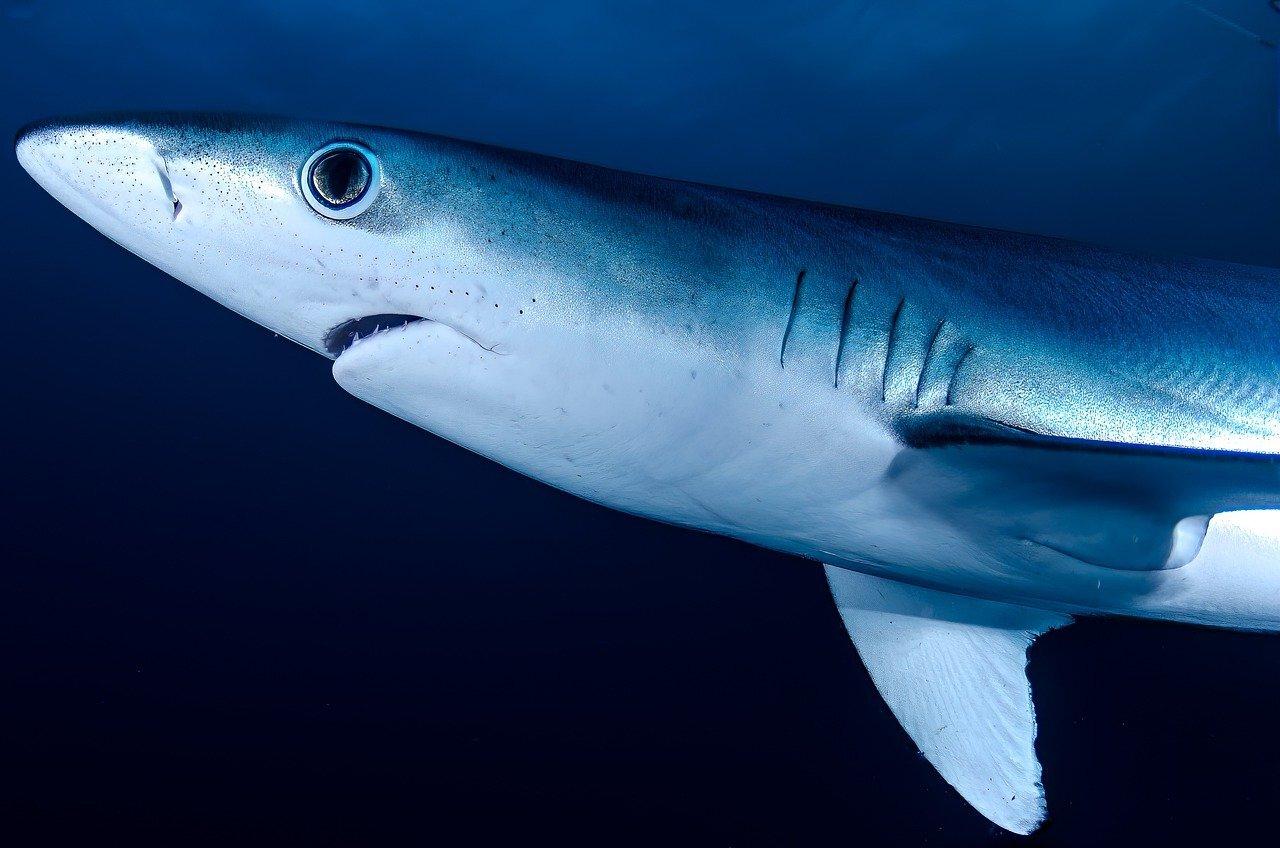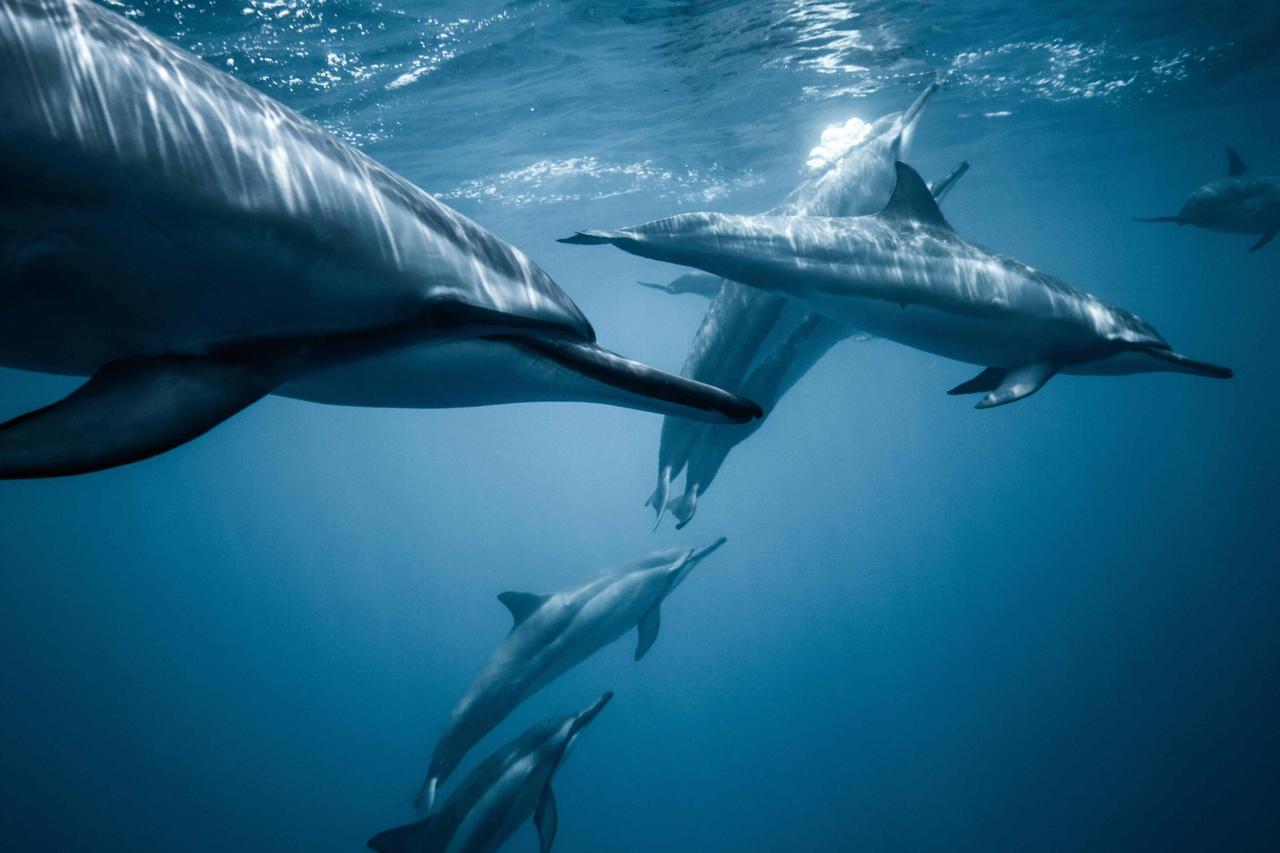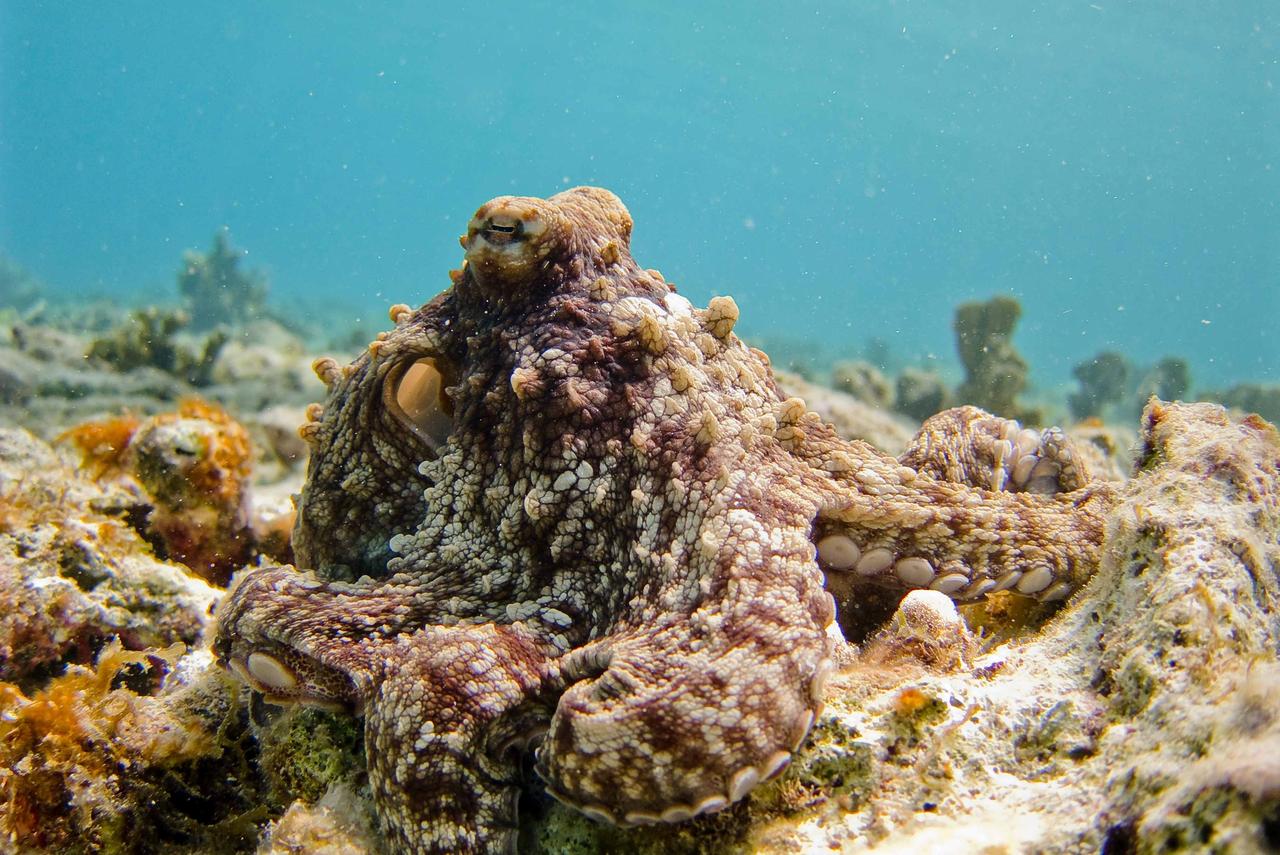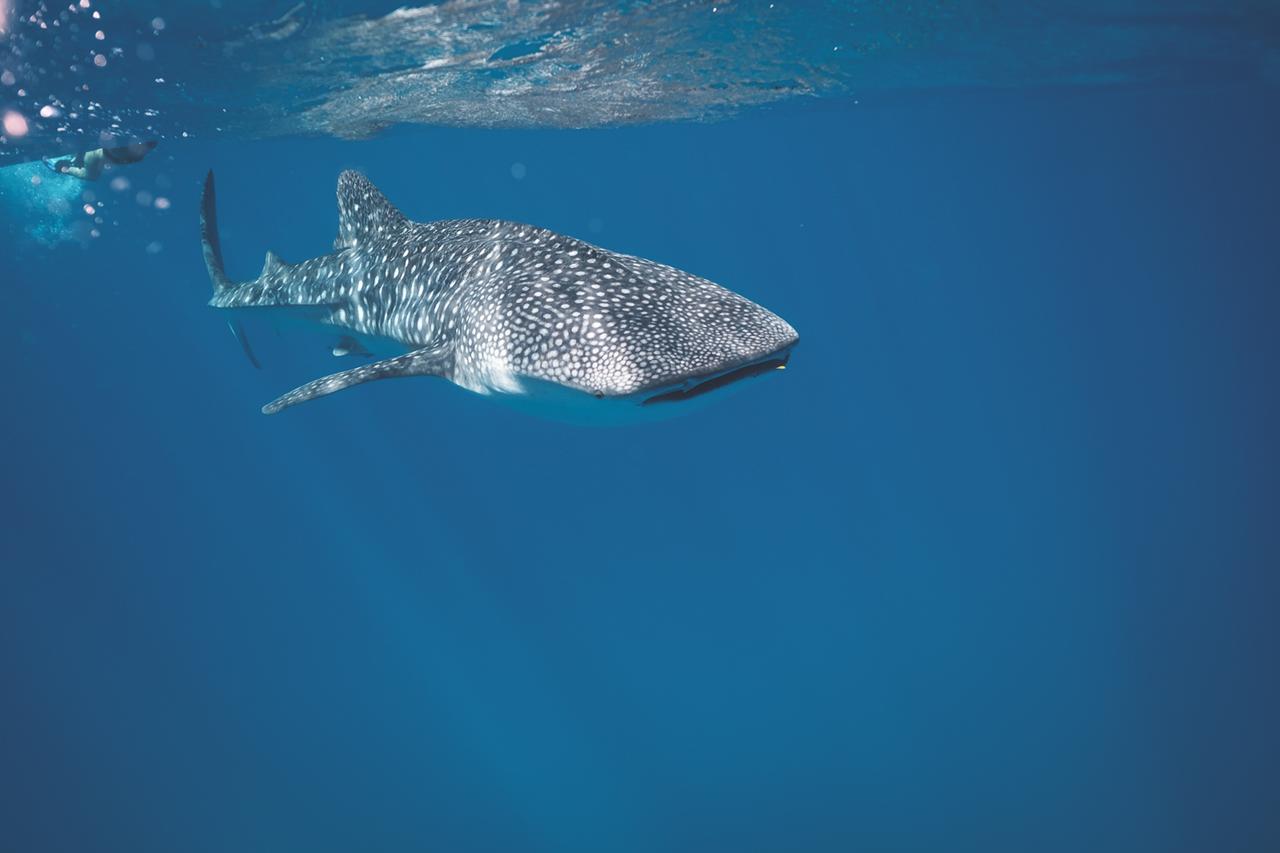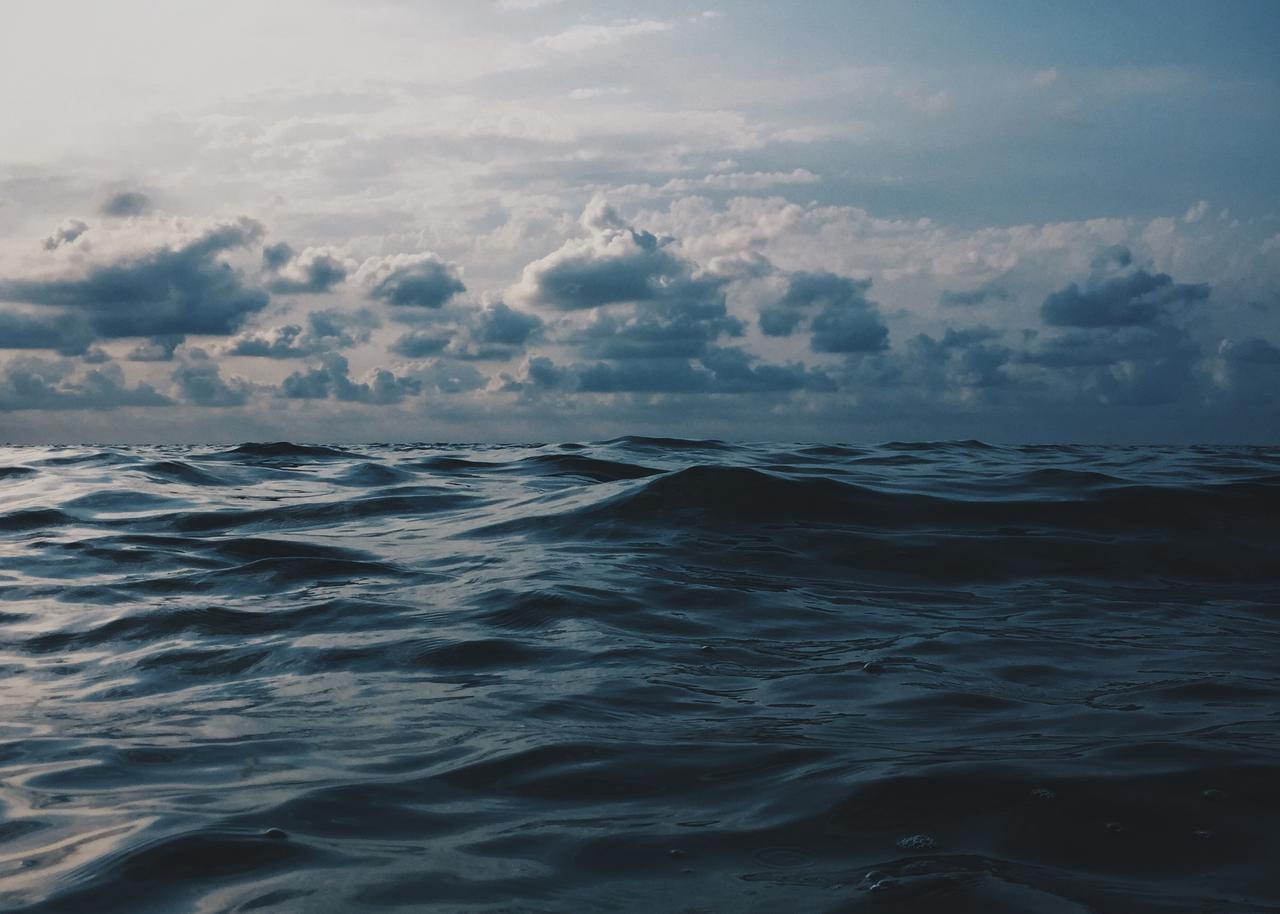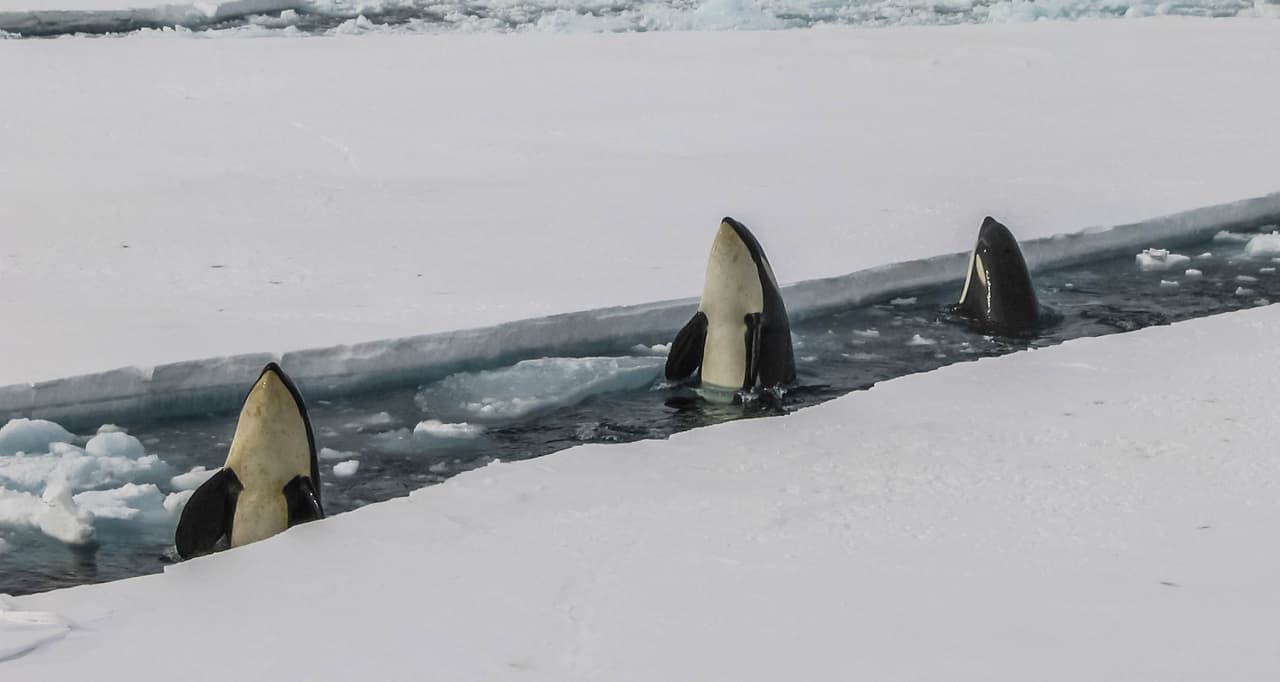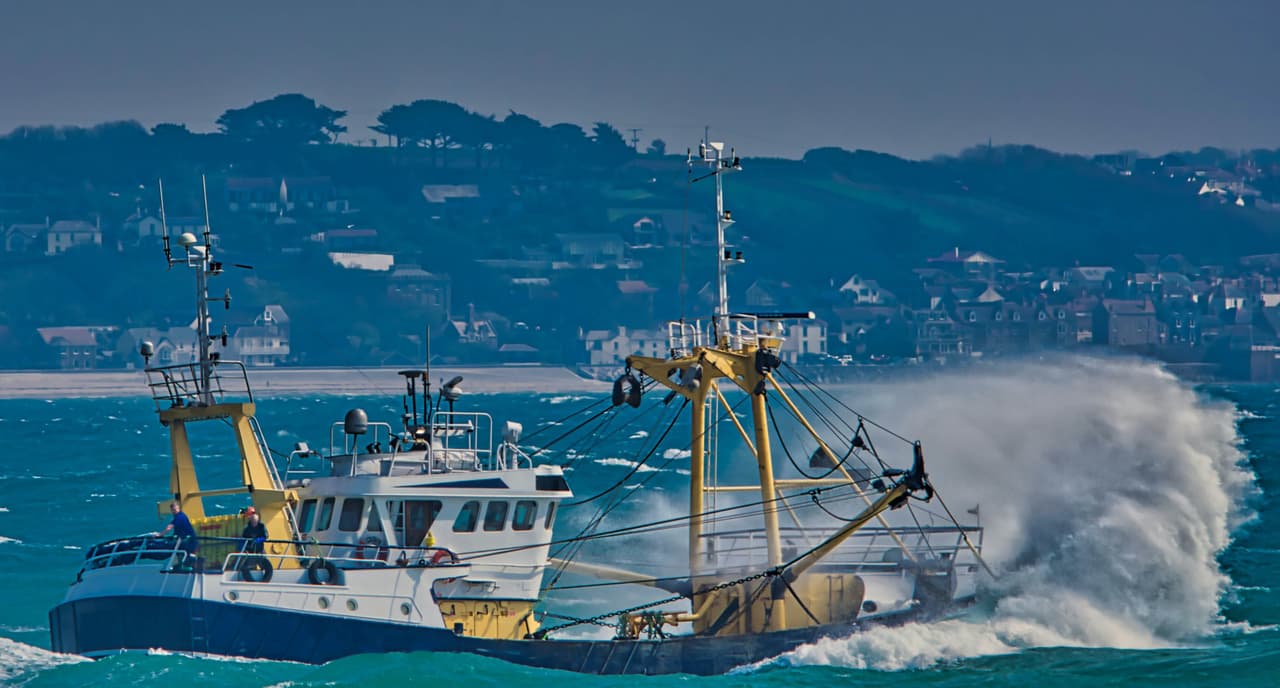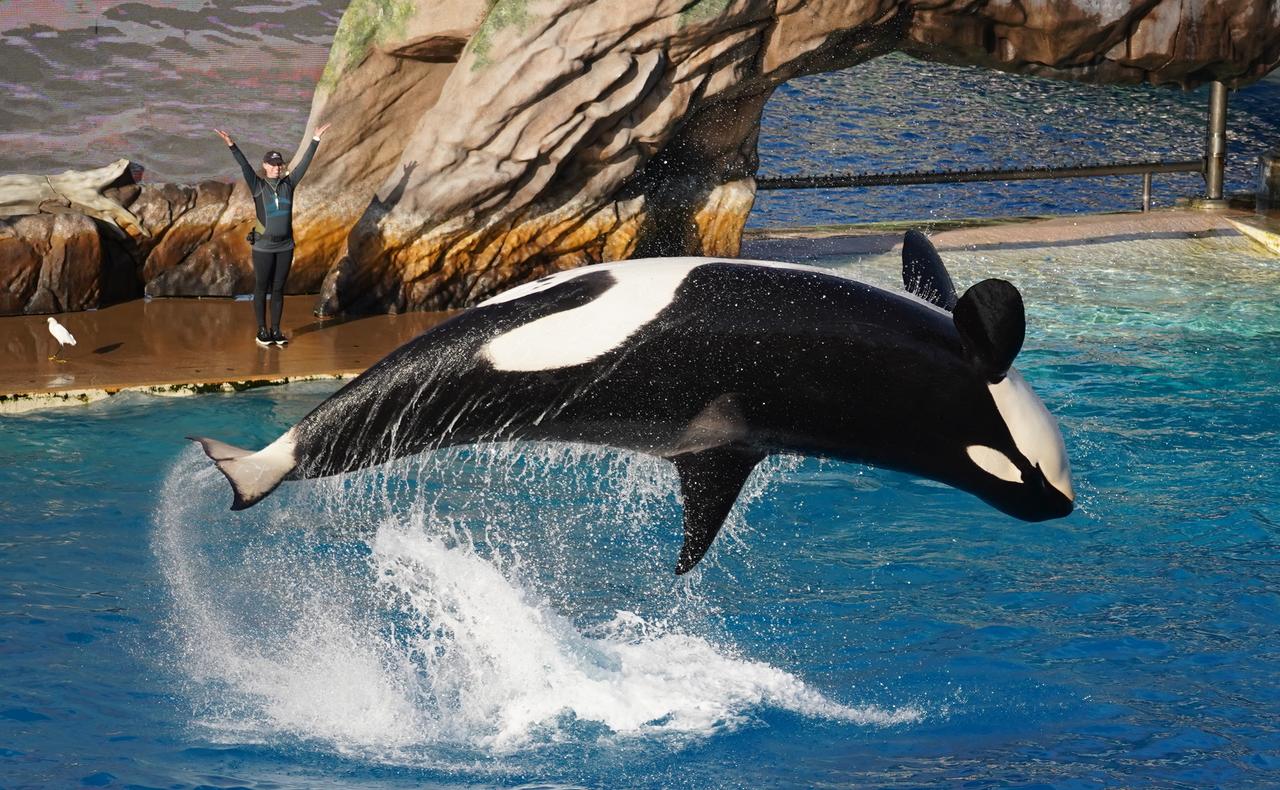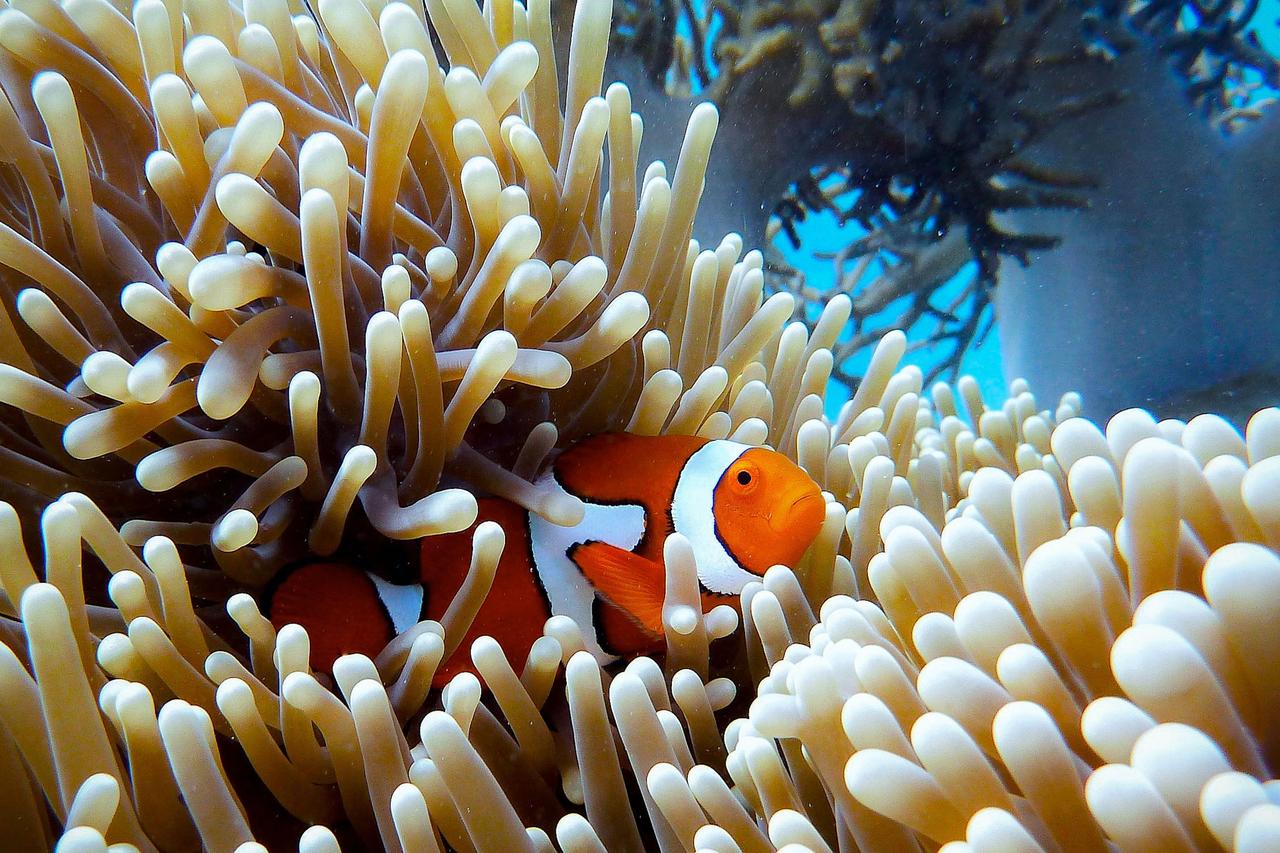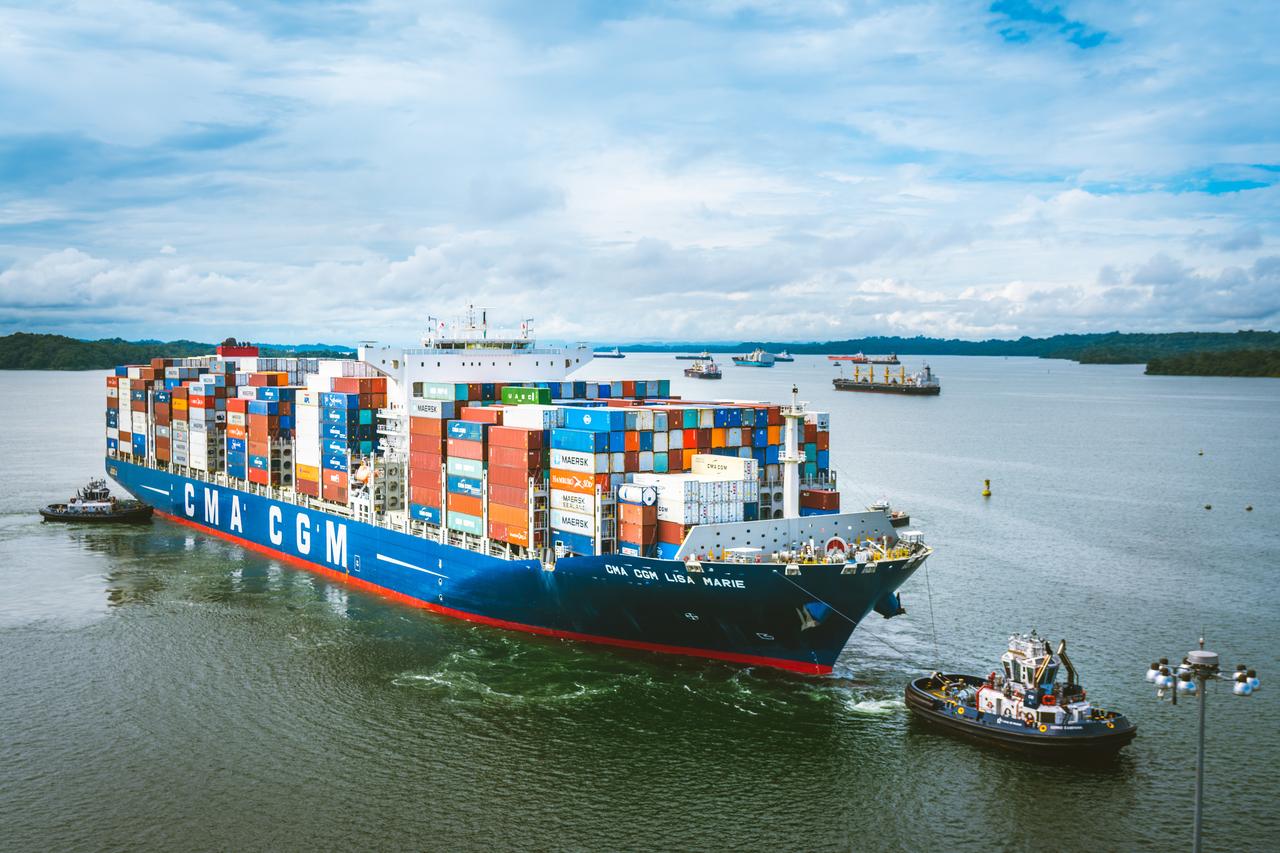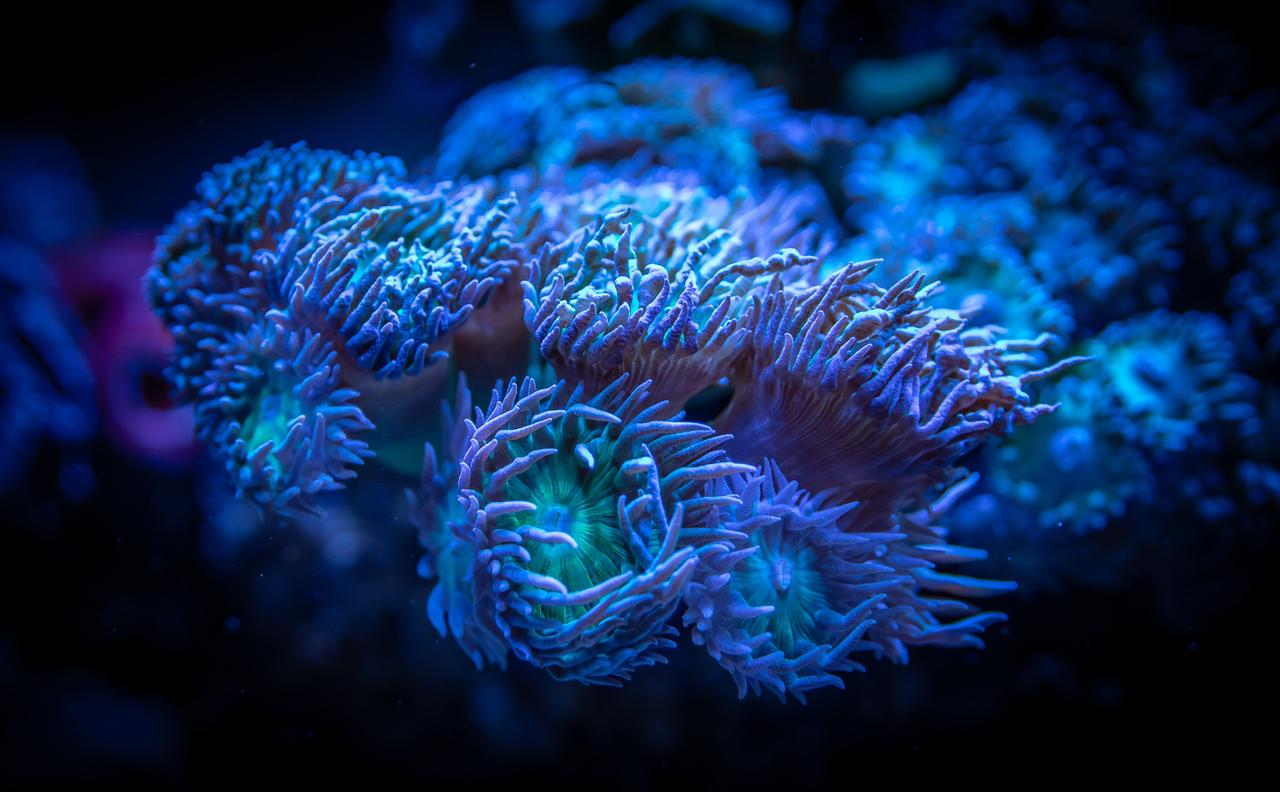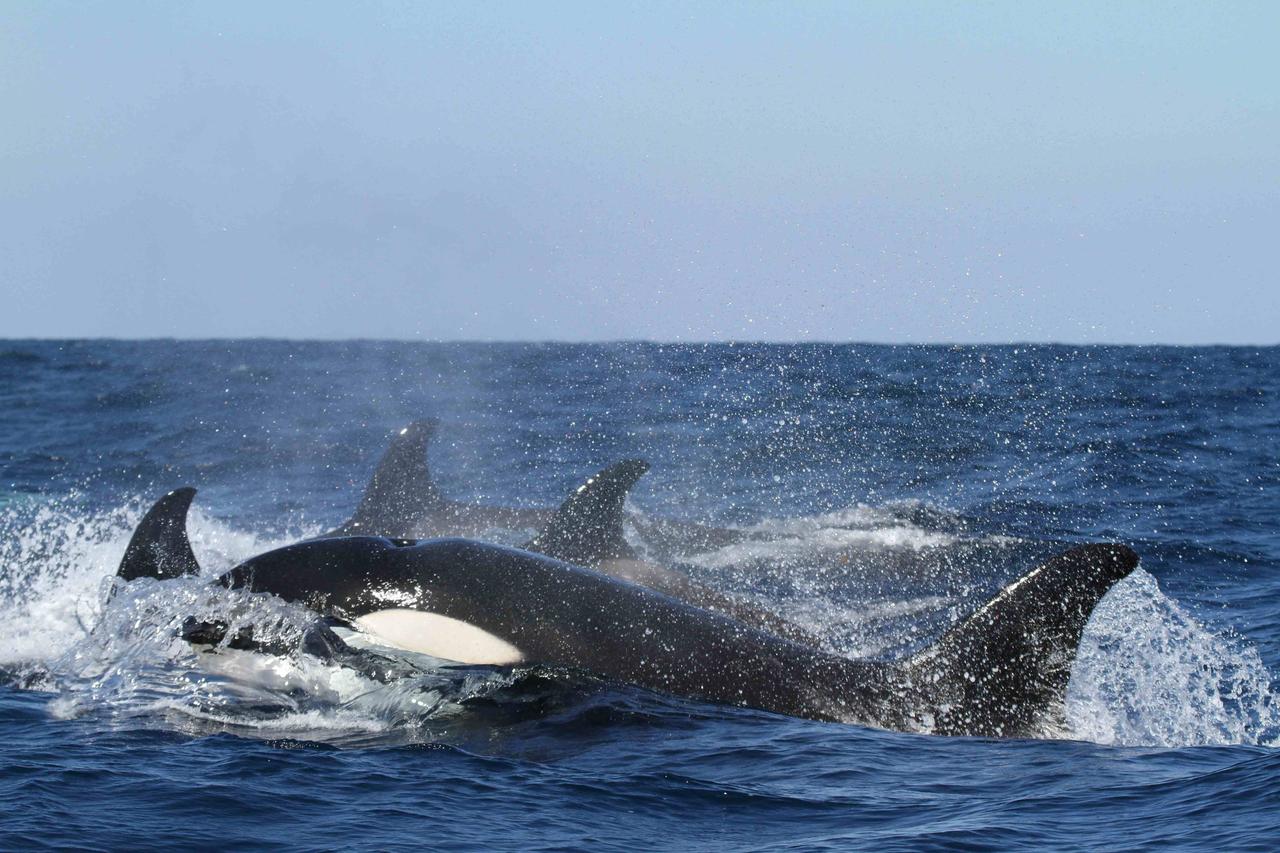
Orcas may live in a world much different from our own, but observed behaviors indicate they are much more akin to us than we know. What scientists have discovered — and why we must protect them.
WORLD ORCA DAY is coming up! And there would be no celebration of these remarkable creatures without showcasing their sheer intelligence.
Like humans, orcas have a powerful display of personality, identity and range of emotion (including playfulness and empathy), due to their highly developed insular cortex. This has allowed orcas to develop unique social behaviors.
Orcas are highly social animals, many living in pods. Each pod has a different set of cultures — from diet preferences to language — and their evolution has been greatly shaped because of it. Orcas are acoustic animals, meaning sound helps them perceive their world. They make vocalizations using clicks, whistles and calls; each of which allow orcas to form a sense of identify, communicate with each other through a distinct dialect, and interact with other pods. Their language is both learned and inherited. For many orcas, it is first heard inside their mother’s womb.
Family is important, if not vital, for orcas. Orca families are matriarchal and matrilineally rooted; sons and daughters stay with their mothers, even after having offspring of their own. The survival of the pod depends on the most skilled hunter: the grandmother. These orca grandmothers will model behaviors, pass down wisdom, babysit younger generations, share meals, and even feed others. Over time, female orcas become more independent, but recent studies indicate some populations of males depend on their mothers long into adulthood.
Beyond family, orcas also display signs of friendship. Many spend time interacting with certain individuals over others, favoring those of the same sex and age, with younger females being the most social. And like humans, orcas tend to become less social as they age.
Orcas are incredibly skilled hunters. They utilize echolocation to find their prey and often plan coordinated attacks — and some display ingenious techniques. These techniques include corralling fish before stunning them with their tail or flipping over stingrays to put them to “sleep” (tonic immobility). In Patagonia, orcas will hunt during high tide, swimming side ways to hide their dorsal fin before beaching themselves. Whereas in the icy waters of Antarctica, orcas “spyhop” between sheets of ice in search of food. Once prey is spotted, they will produce a rallying call and then a subsurface wave, to break up the ice into smaller pieces.
Orcas have also shown signs of mourning. In 2018, an orca (identified as J35) carried her dead calf for 17 days, pushing it over 1,000 miles. It was the longest display of grief and mourning ever recorded by an orca. And something likely to continue as their population faces new and growing threats.
Despite their remarkable intelligence and adaptability, orcas are not immune to the impacts of human-driven activity. Overfishing, habitat destruction, and chemical pollution have led to population declines. The Southern Resident killer whales currently face the greatest plight; their numbers having dwindled to only 74.
This WORLD ORCA DAY, it’s important we act to keep these creatures strong. Donate with VAKOVAKO.
